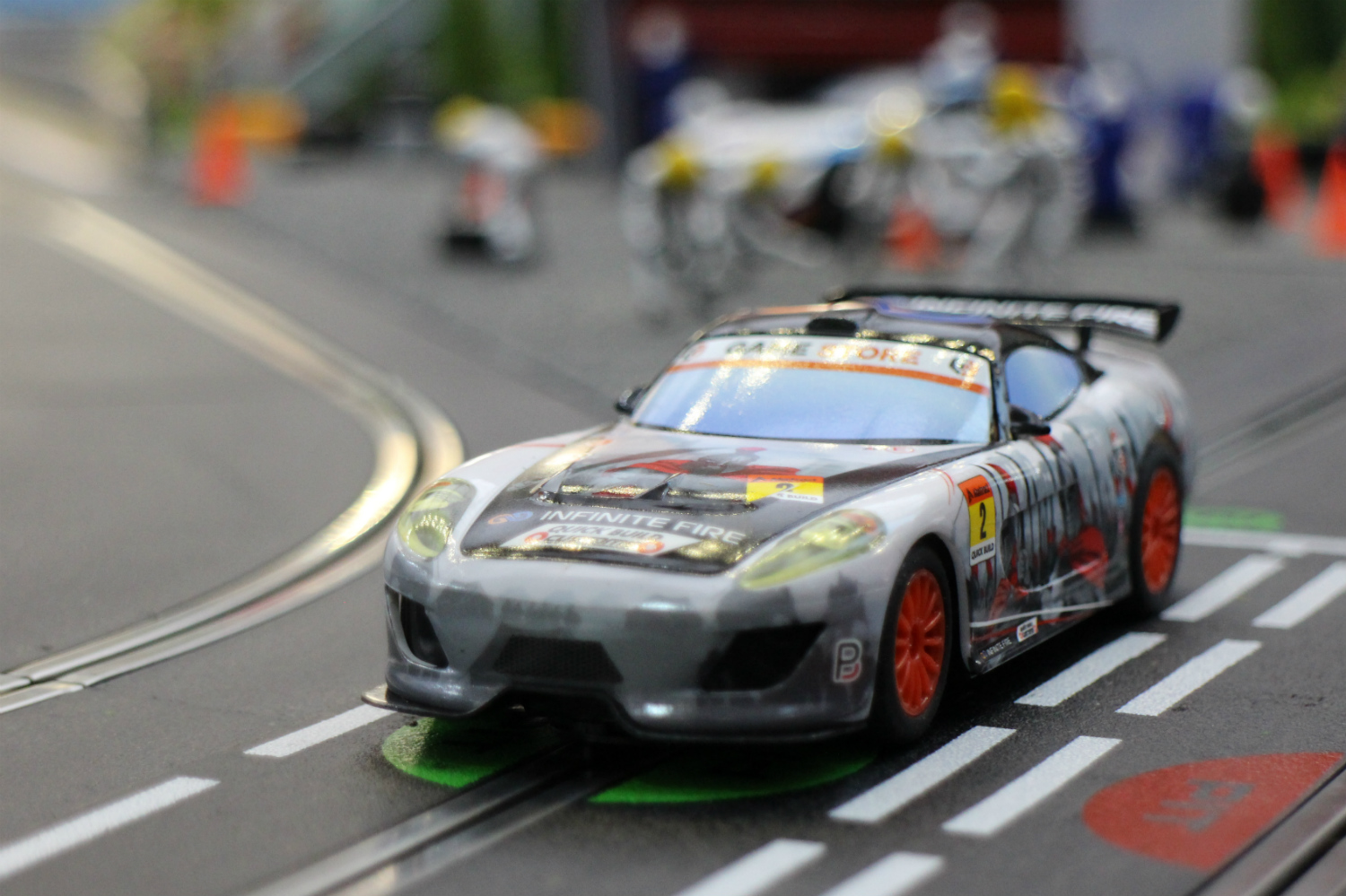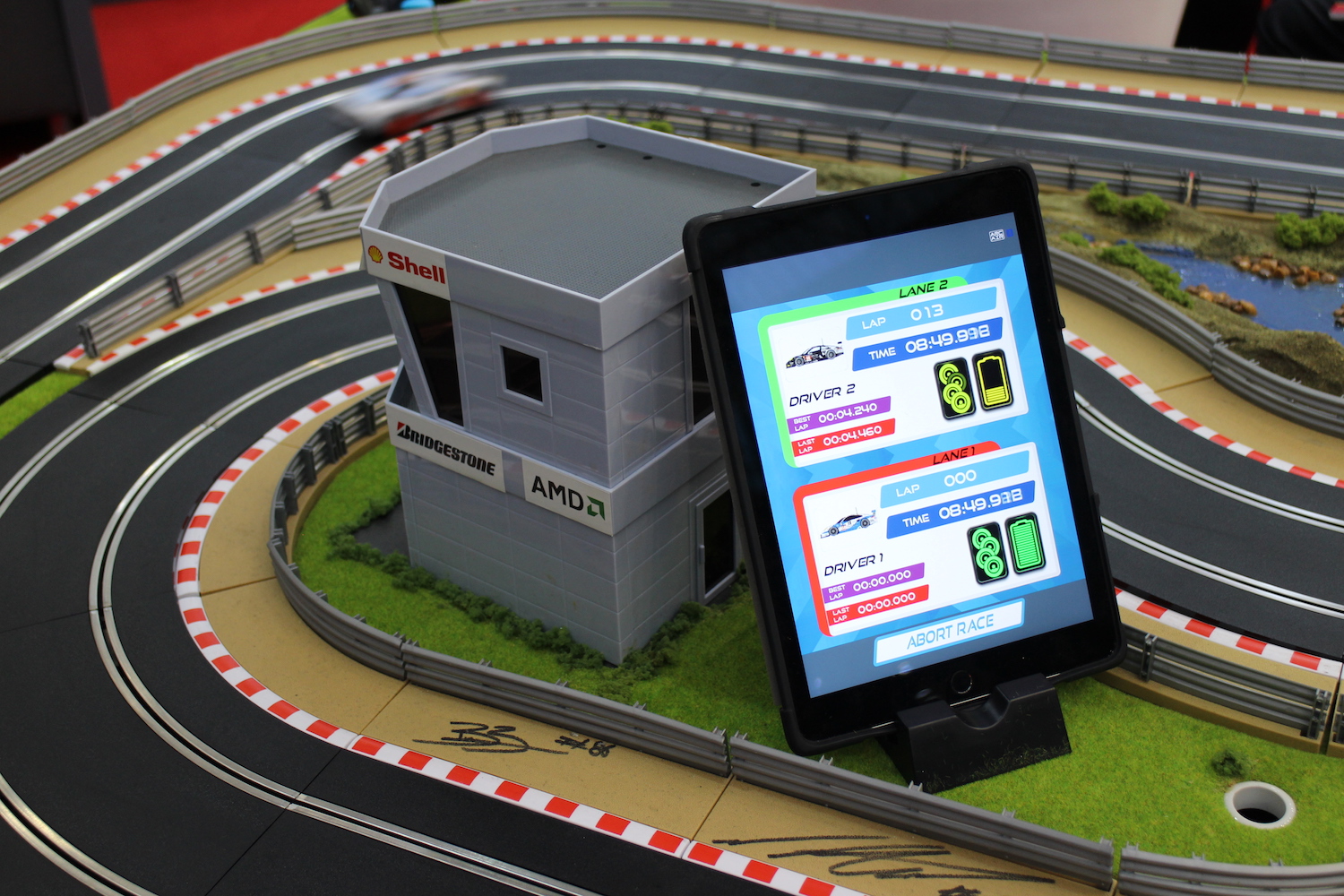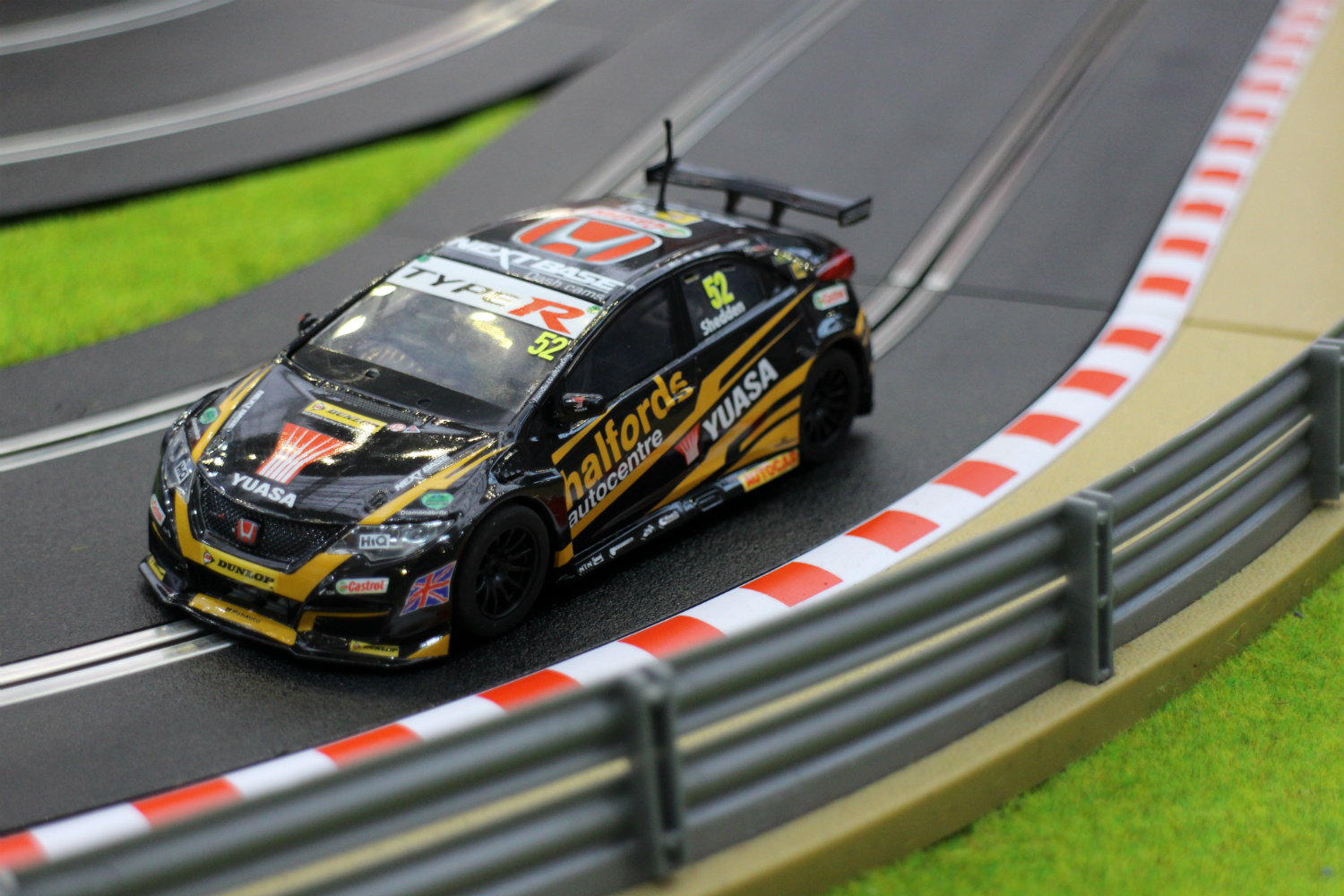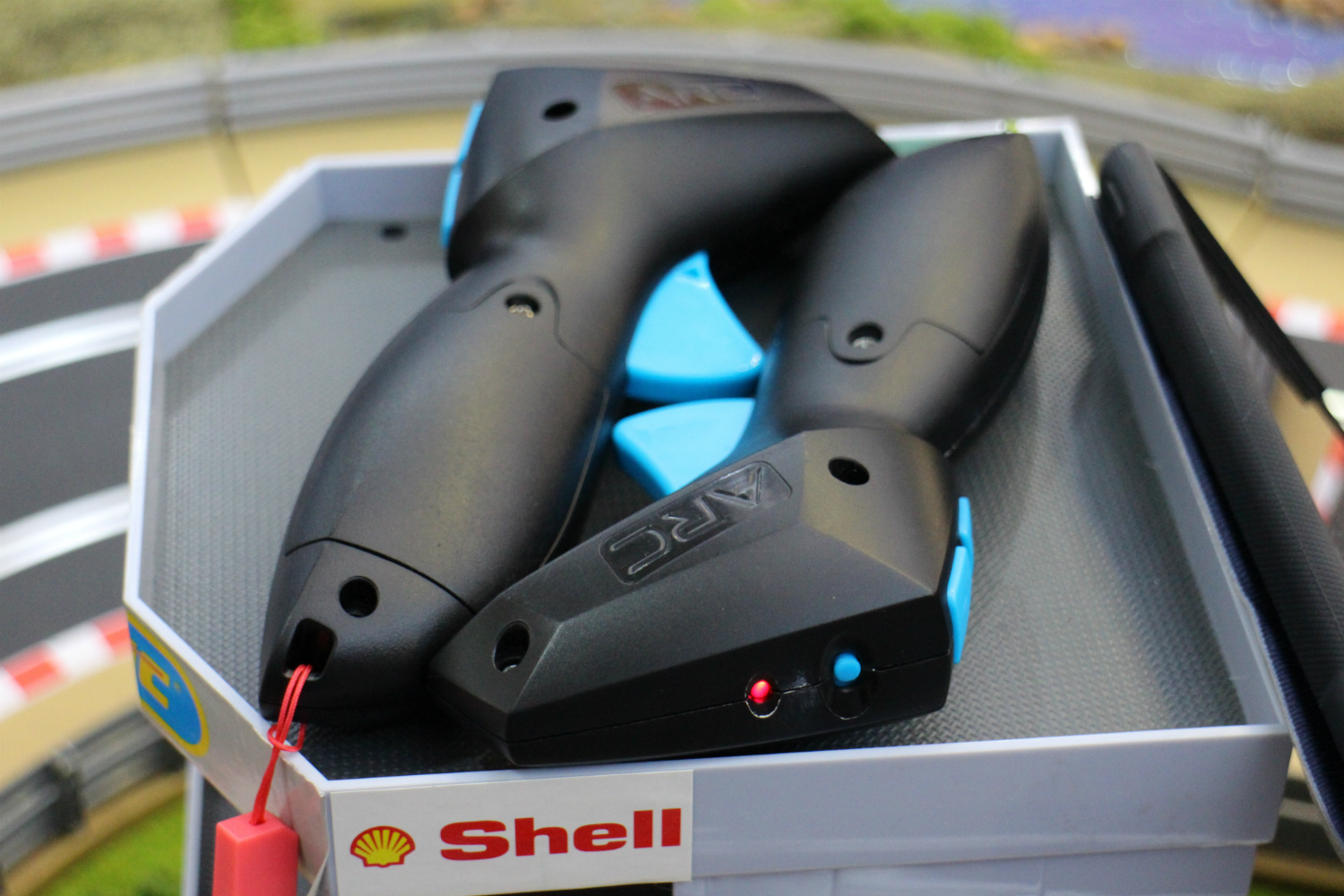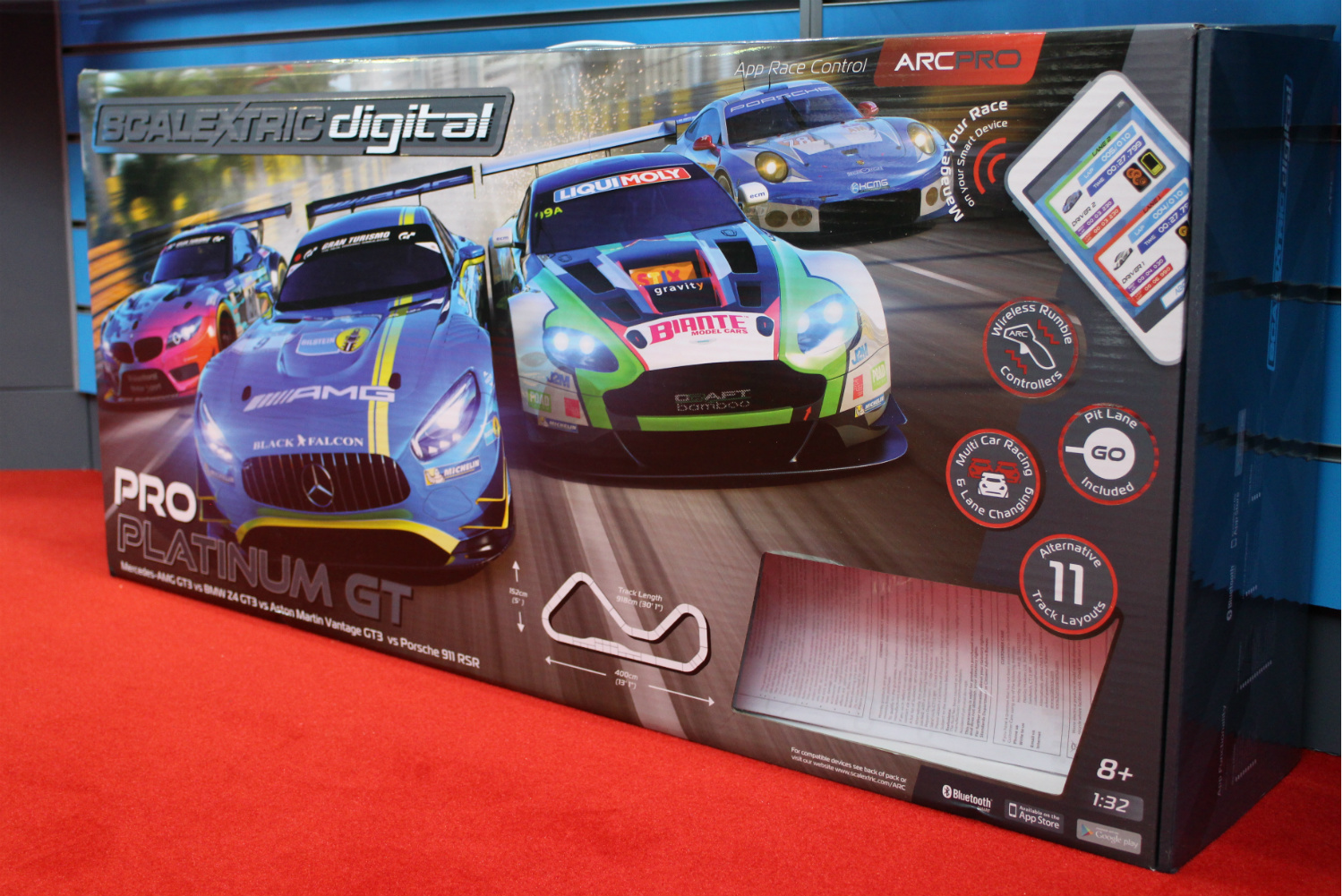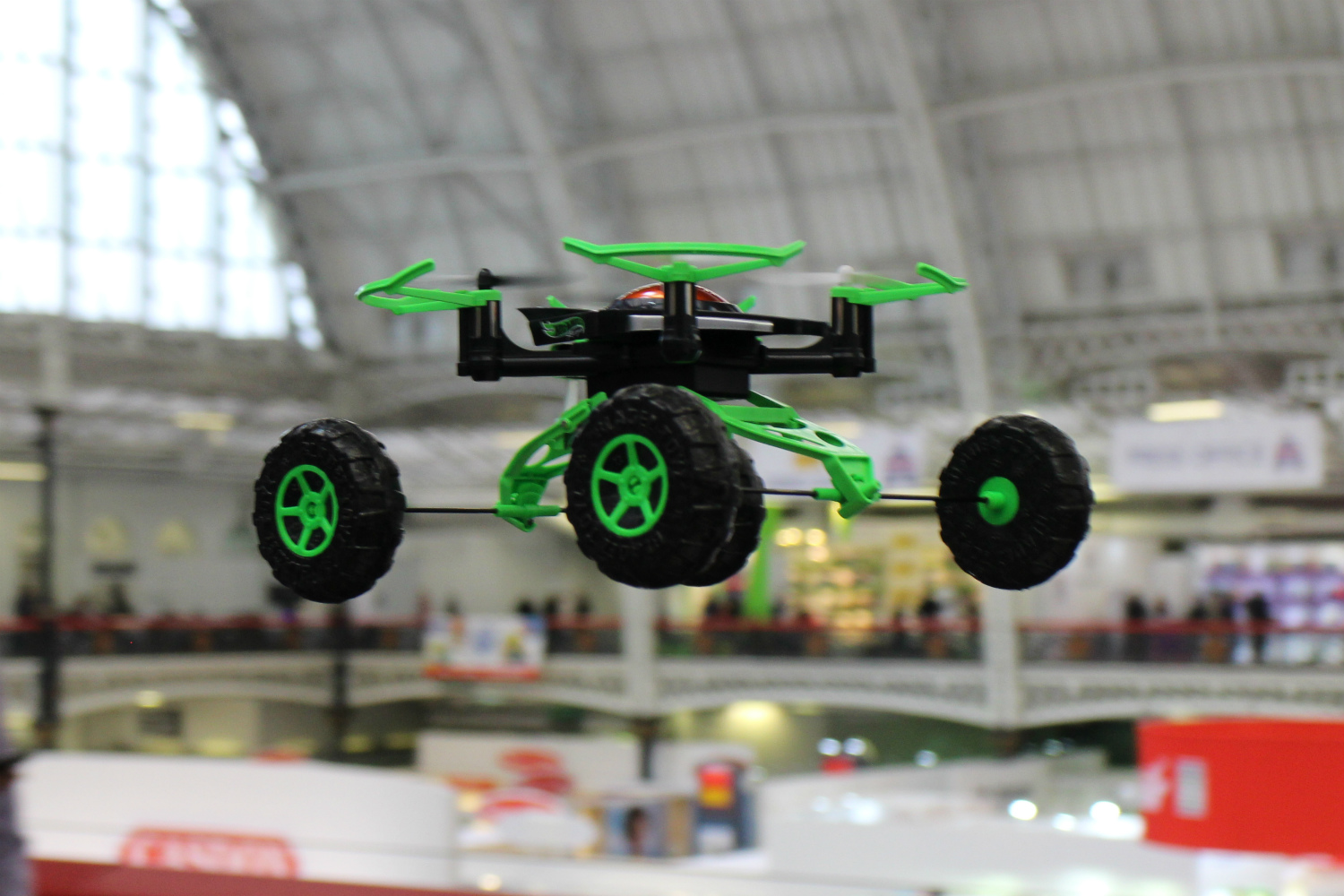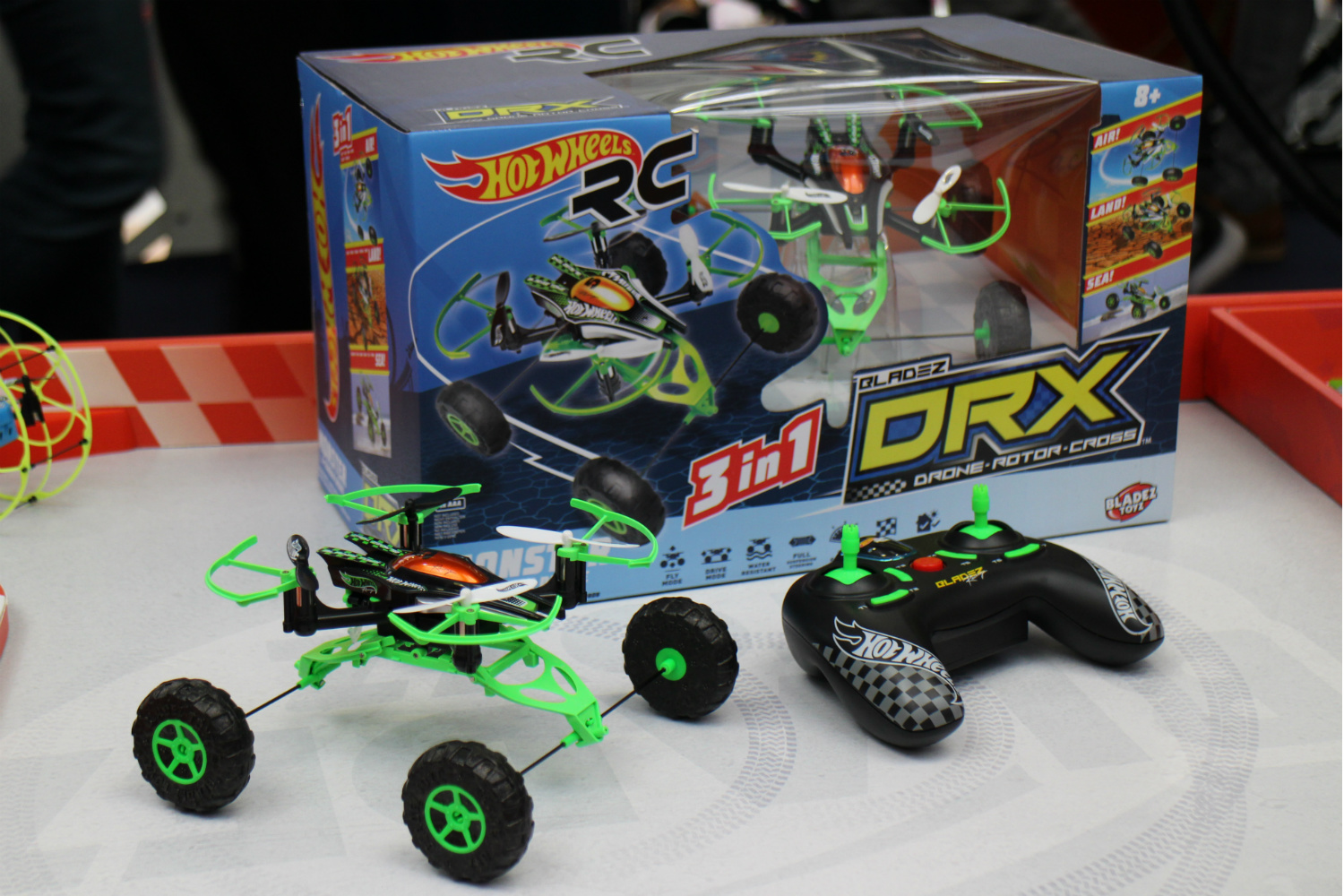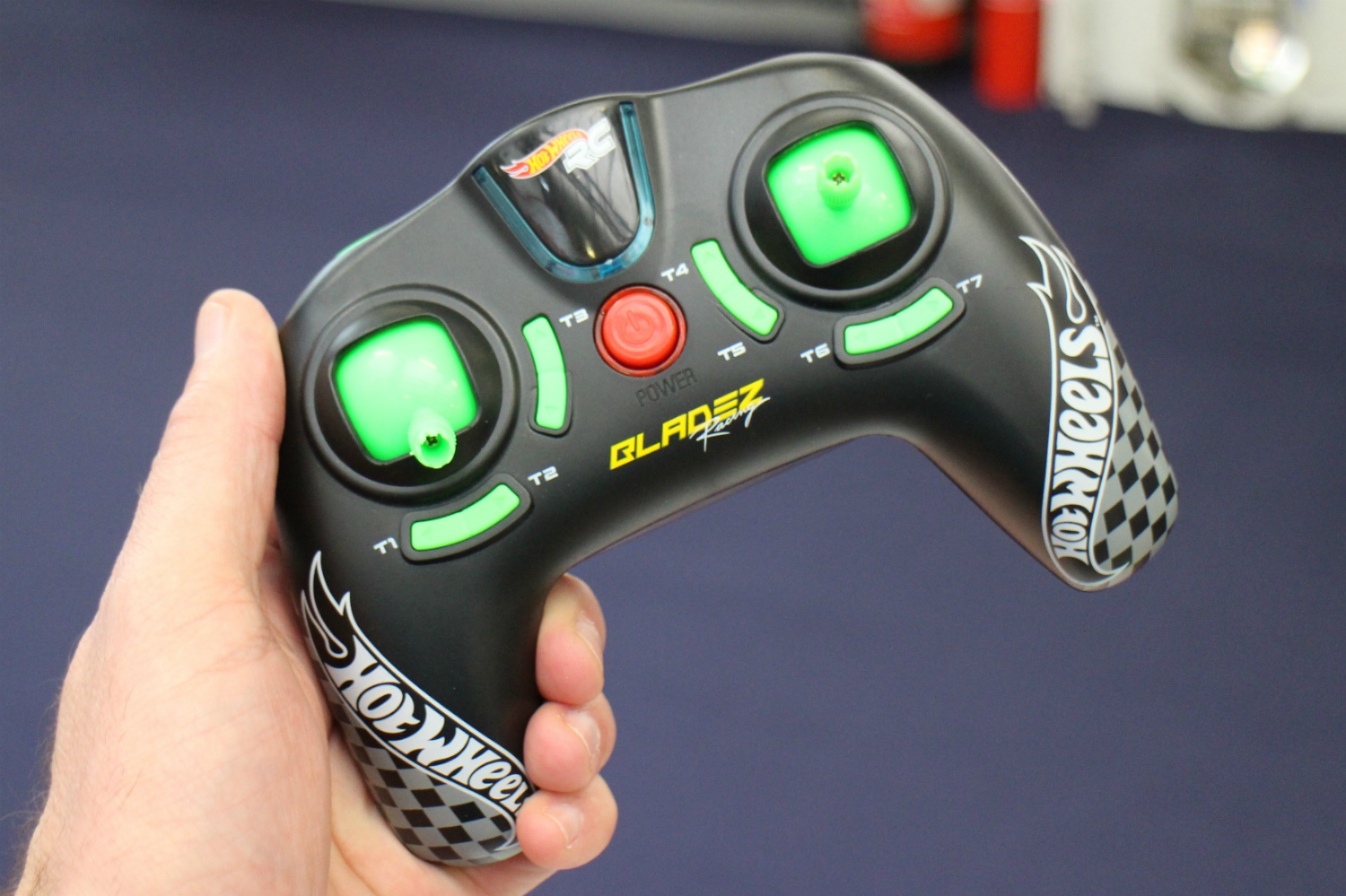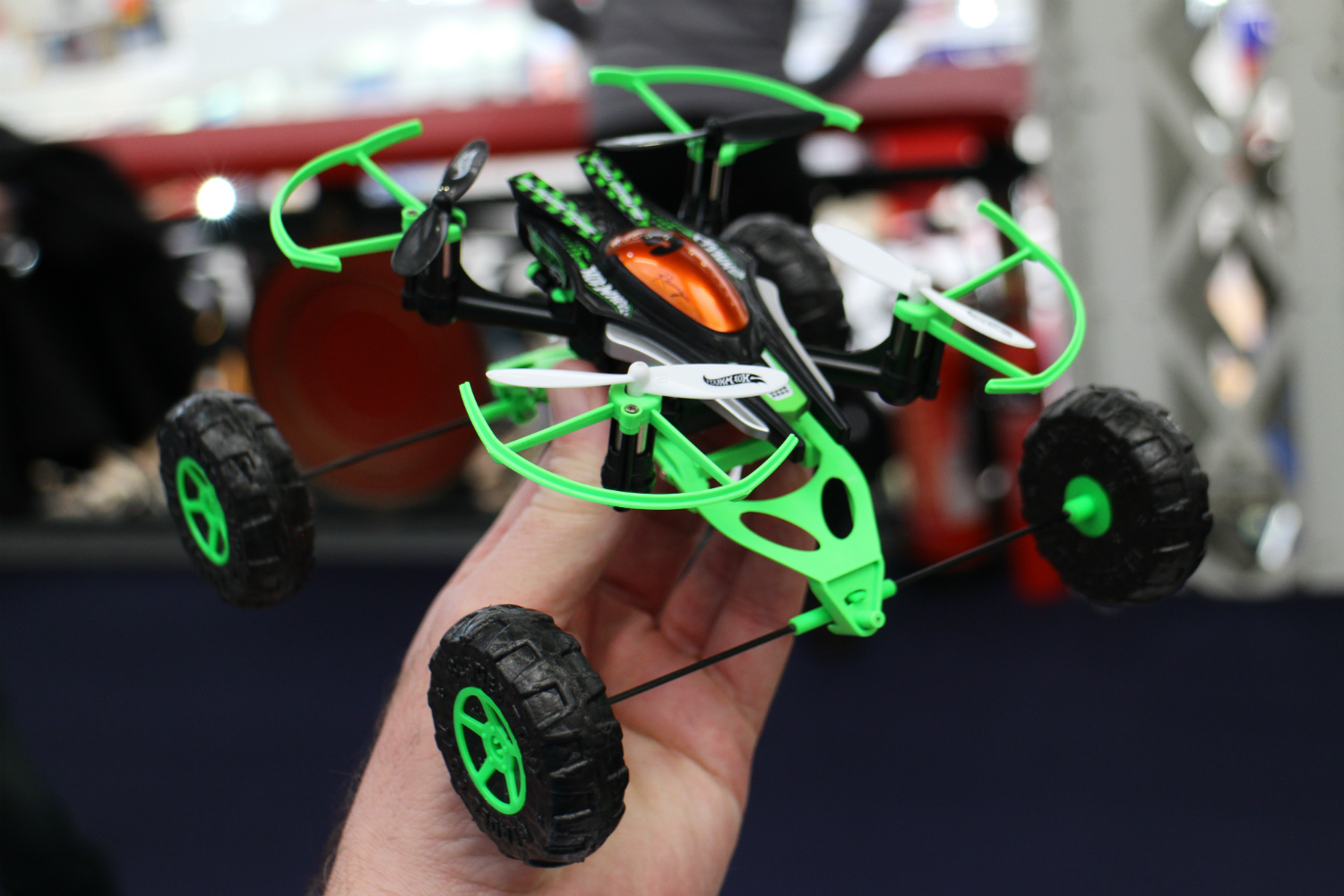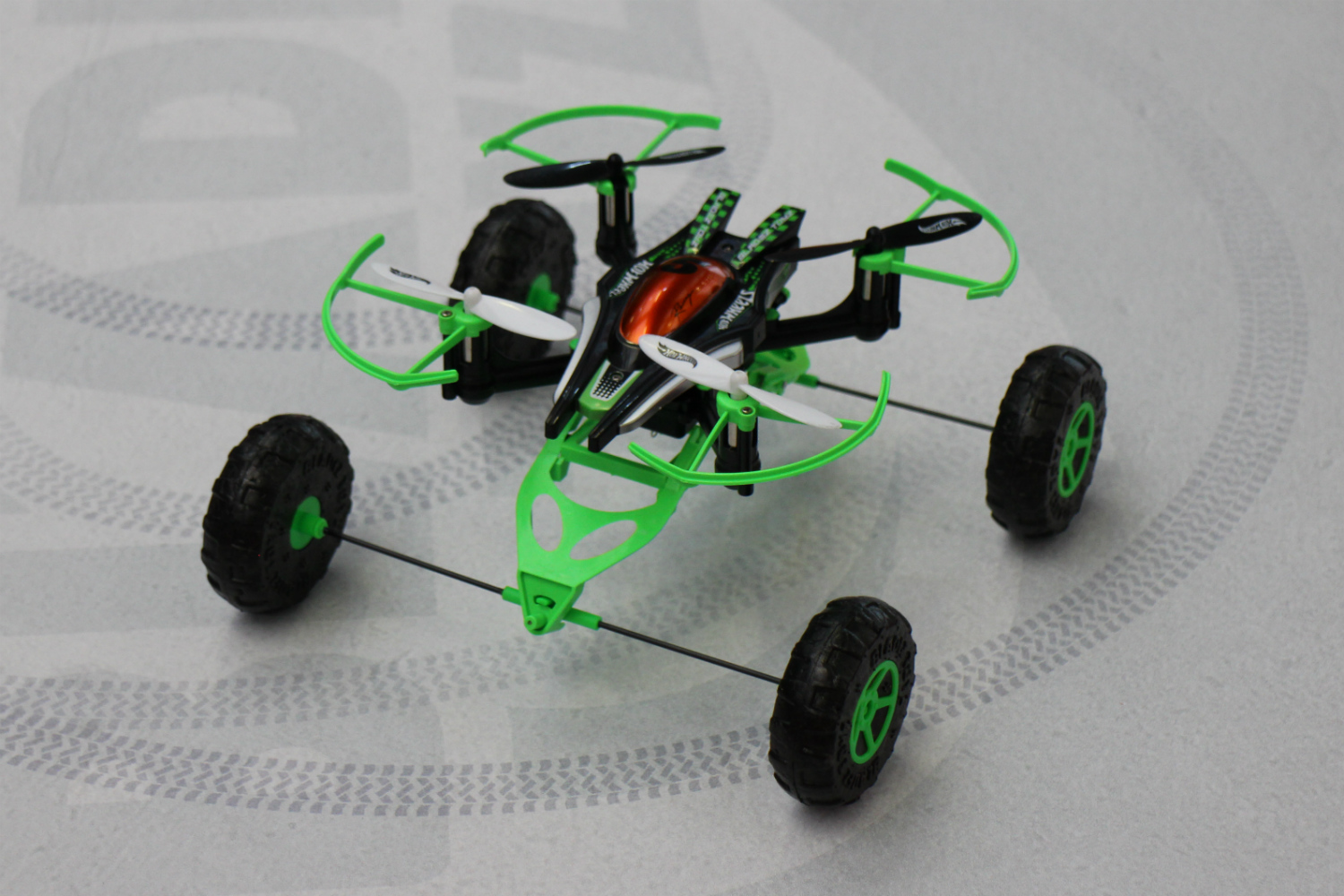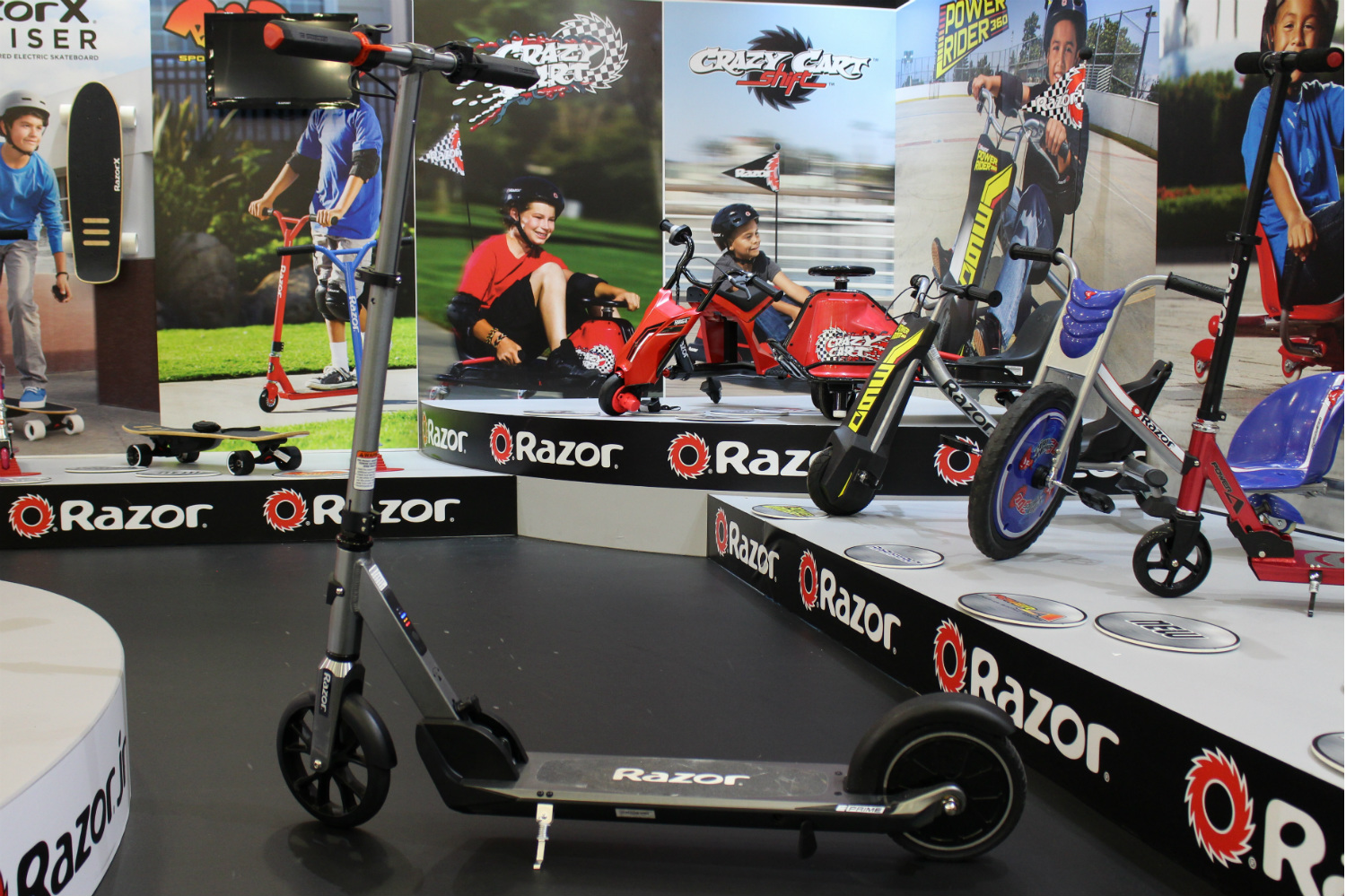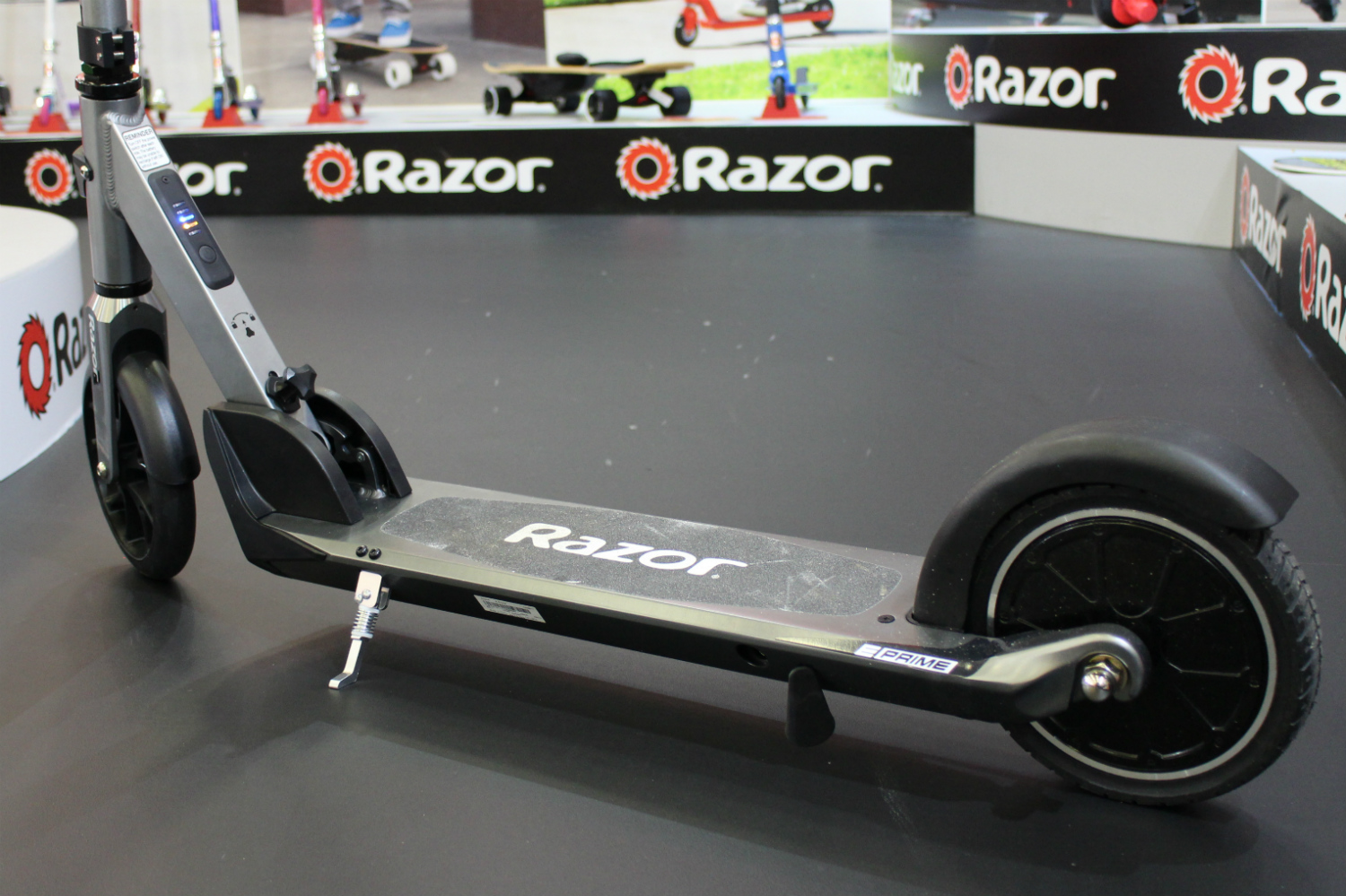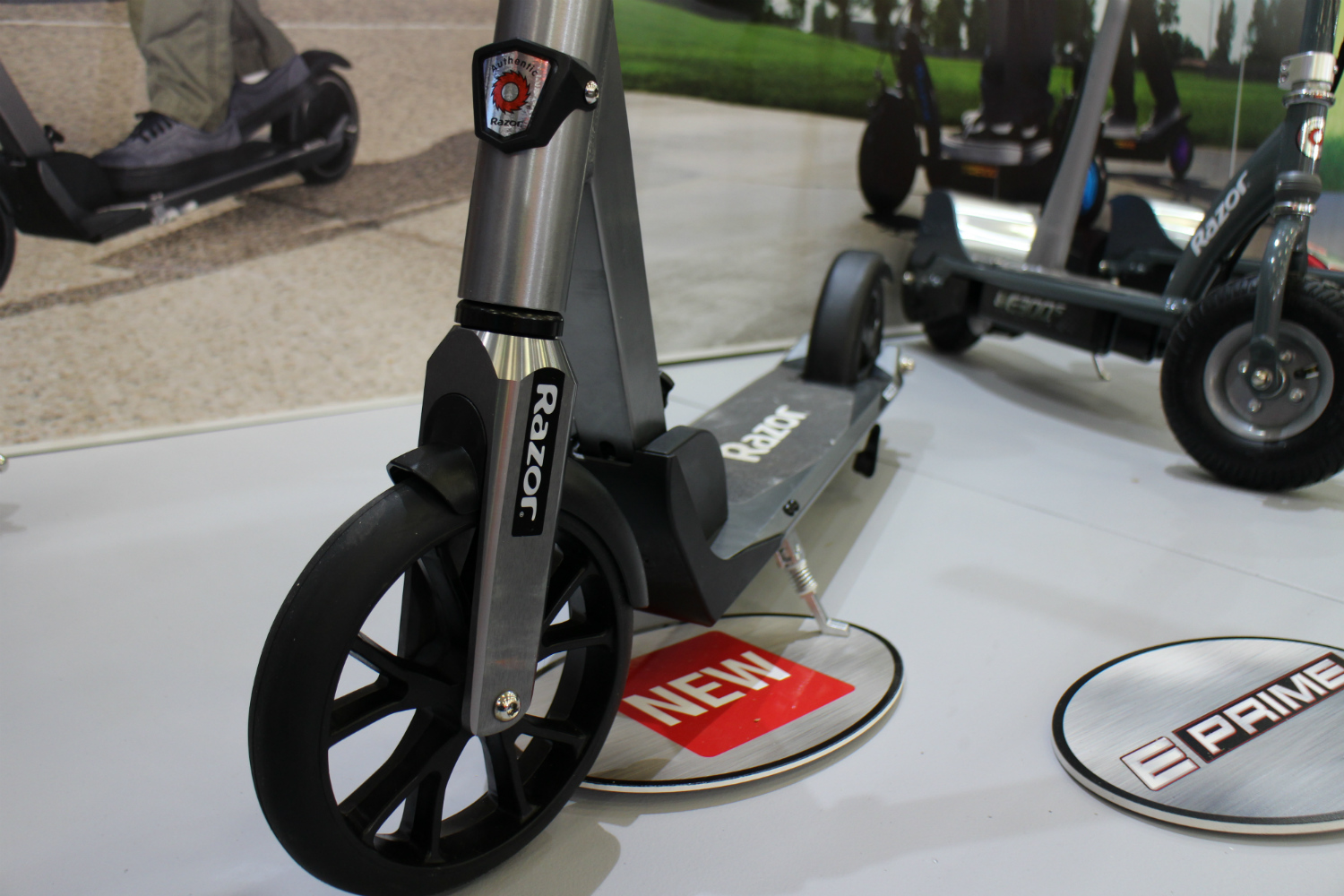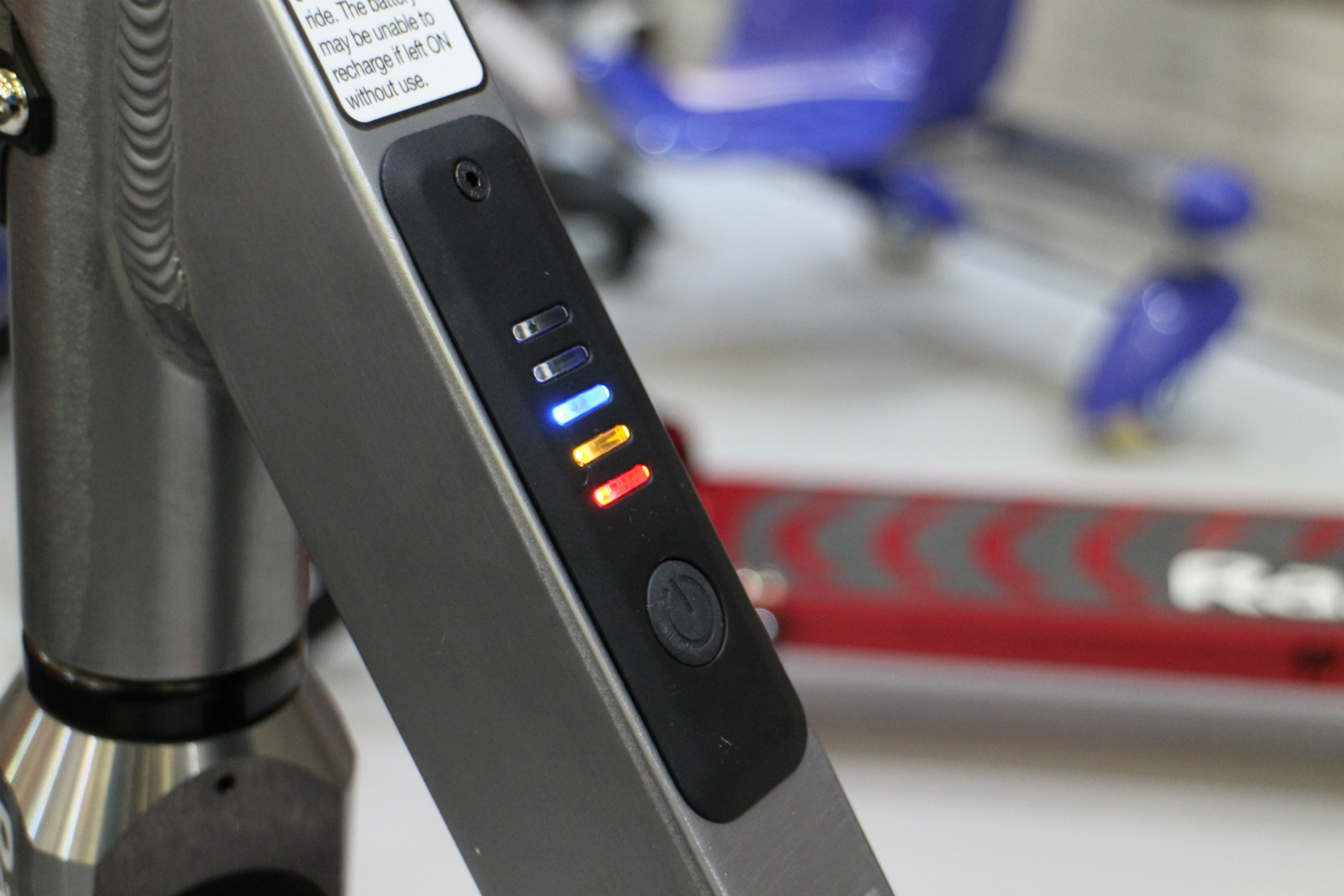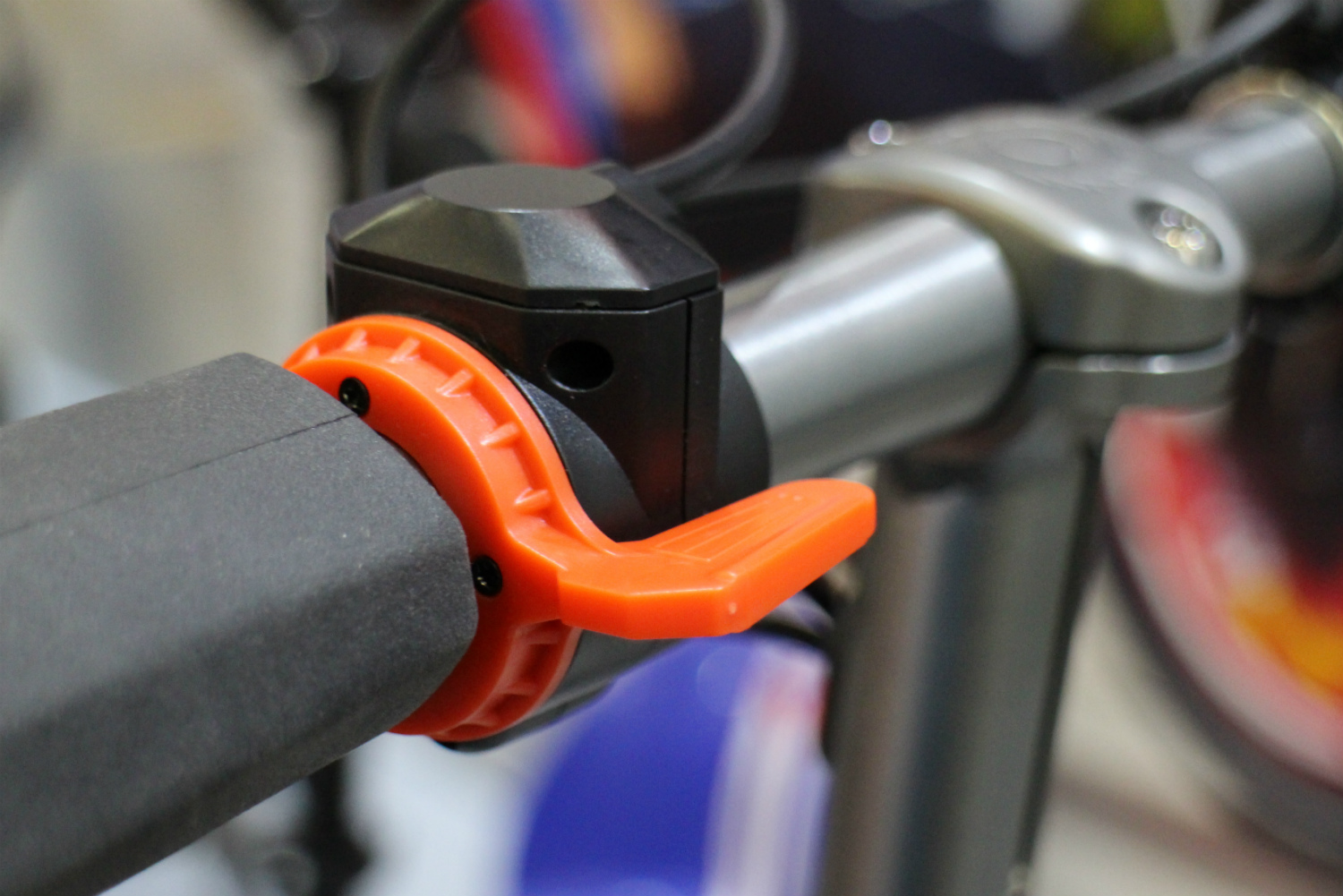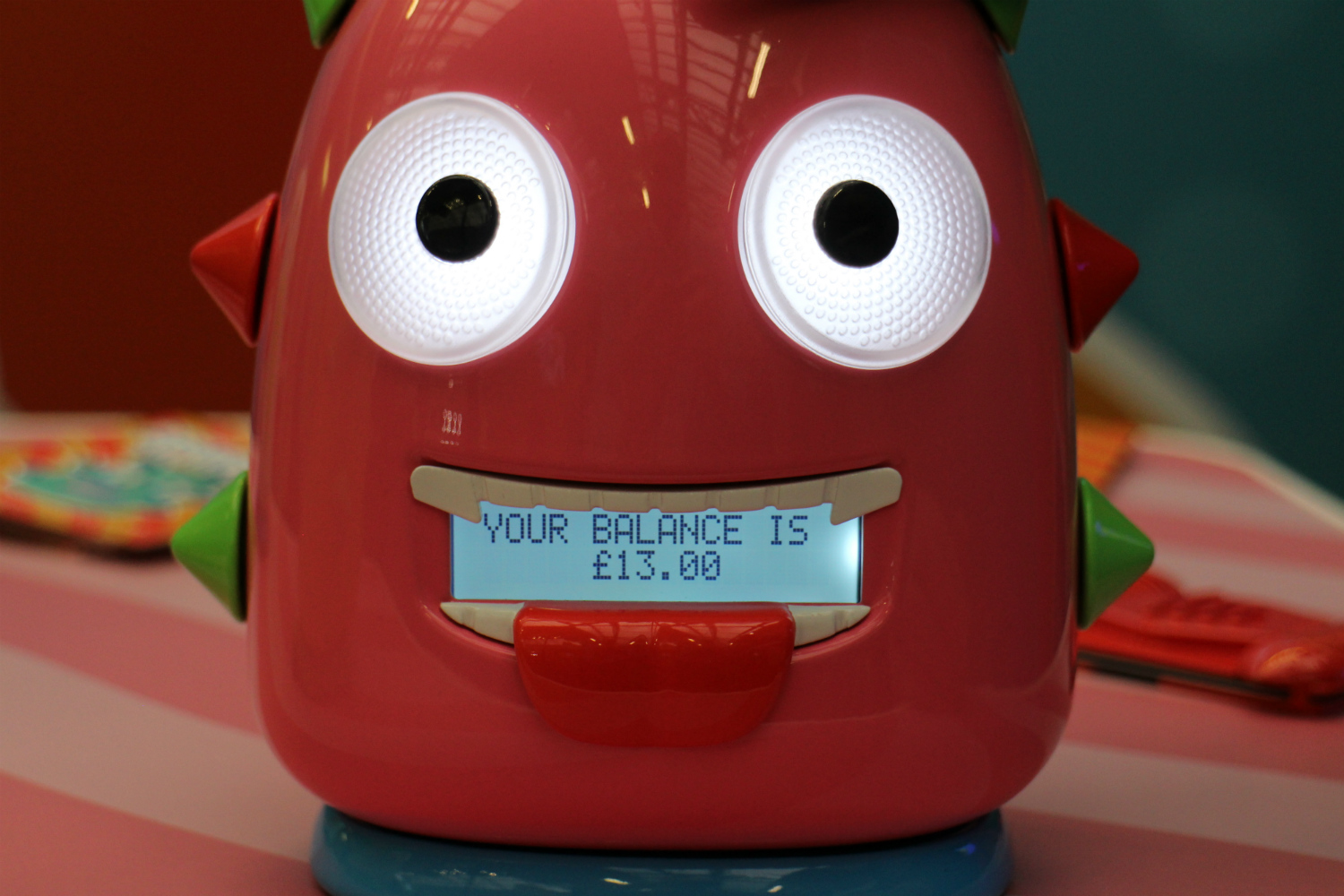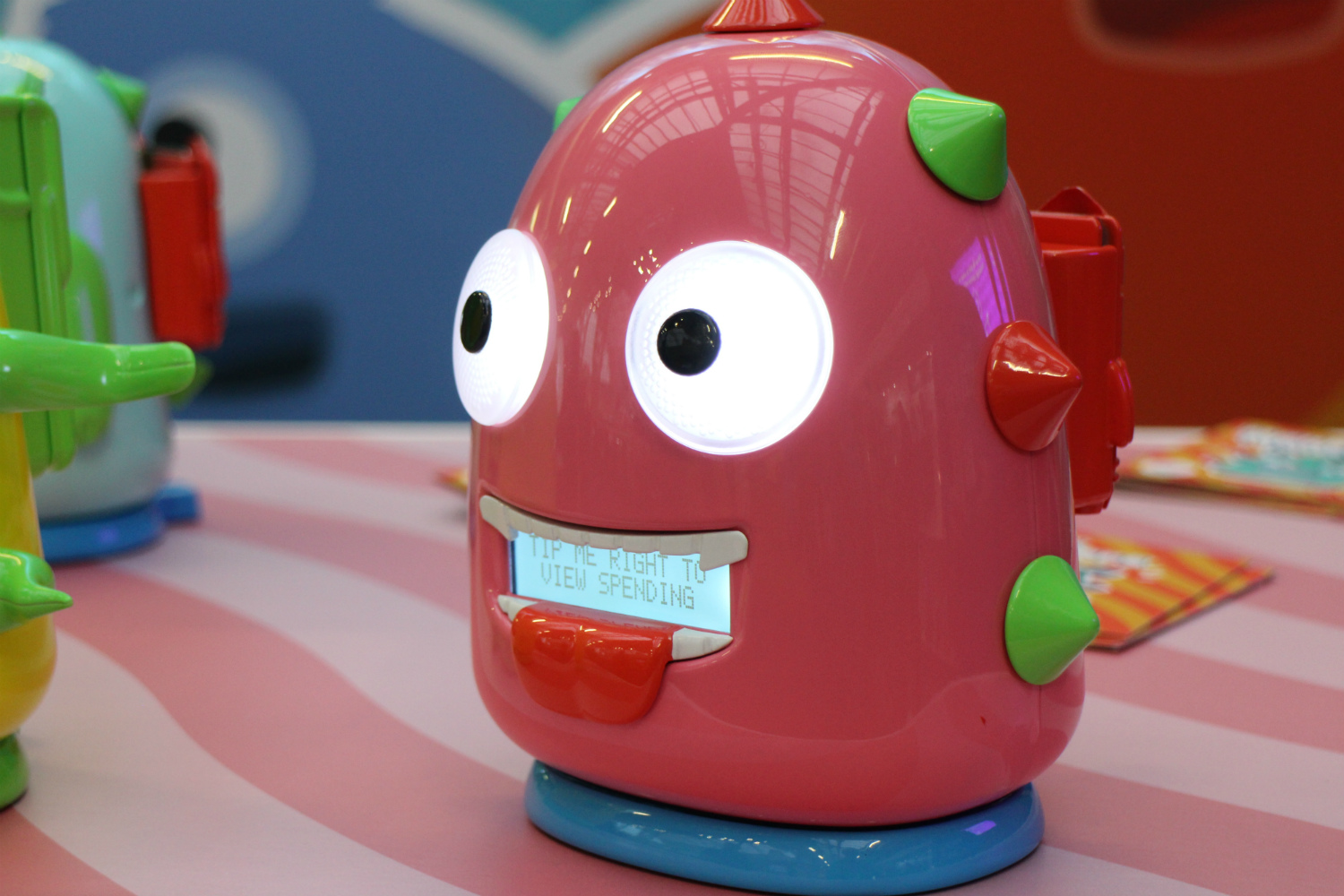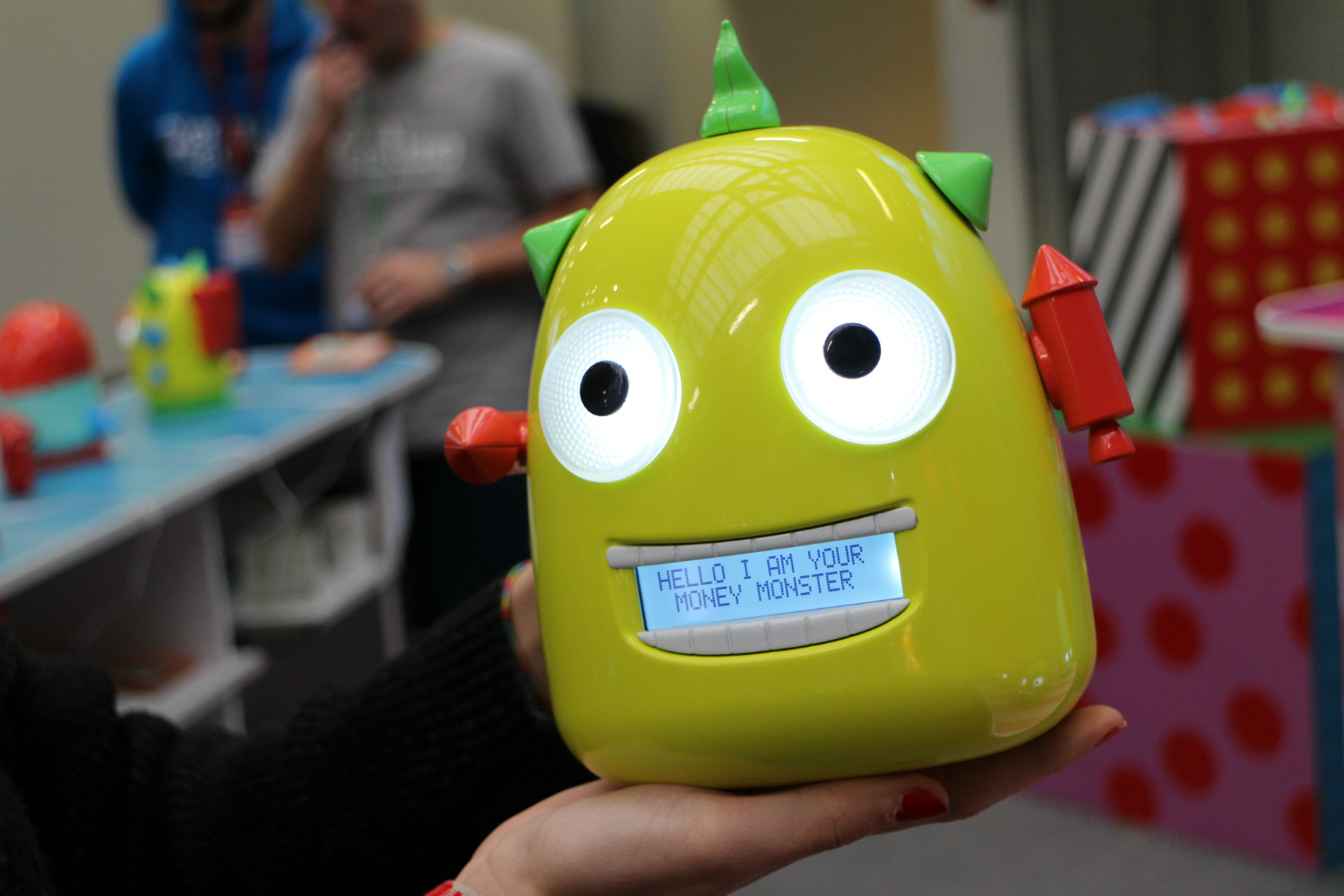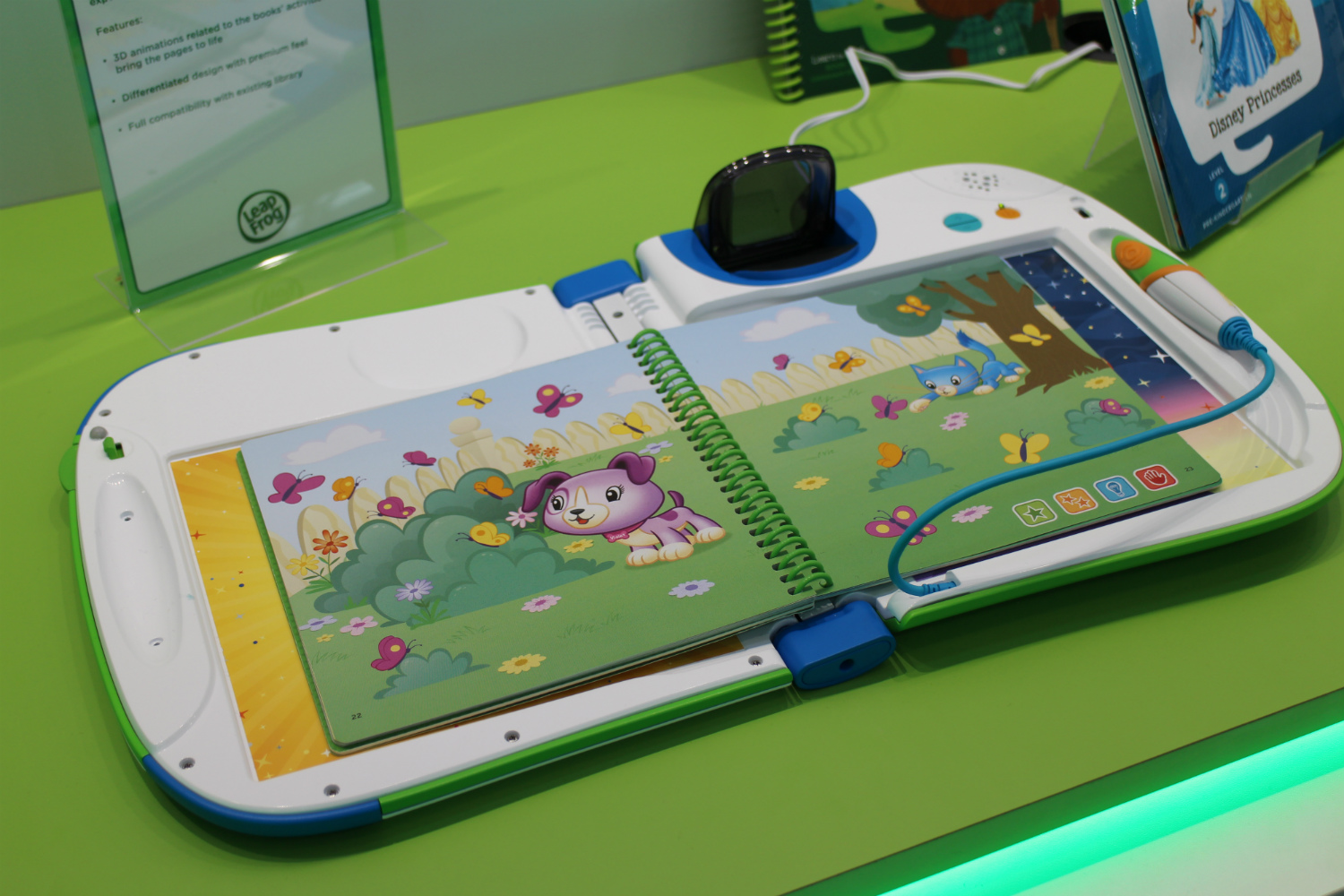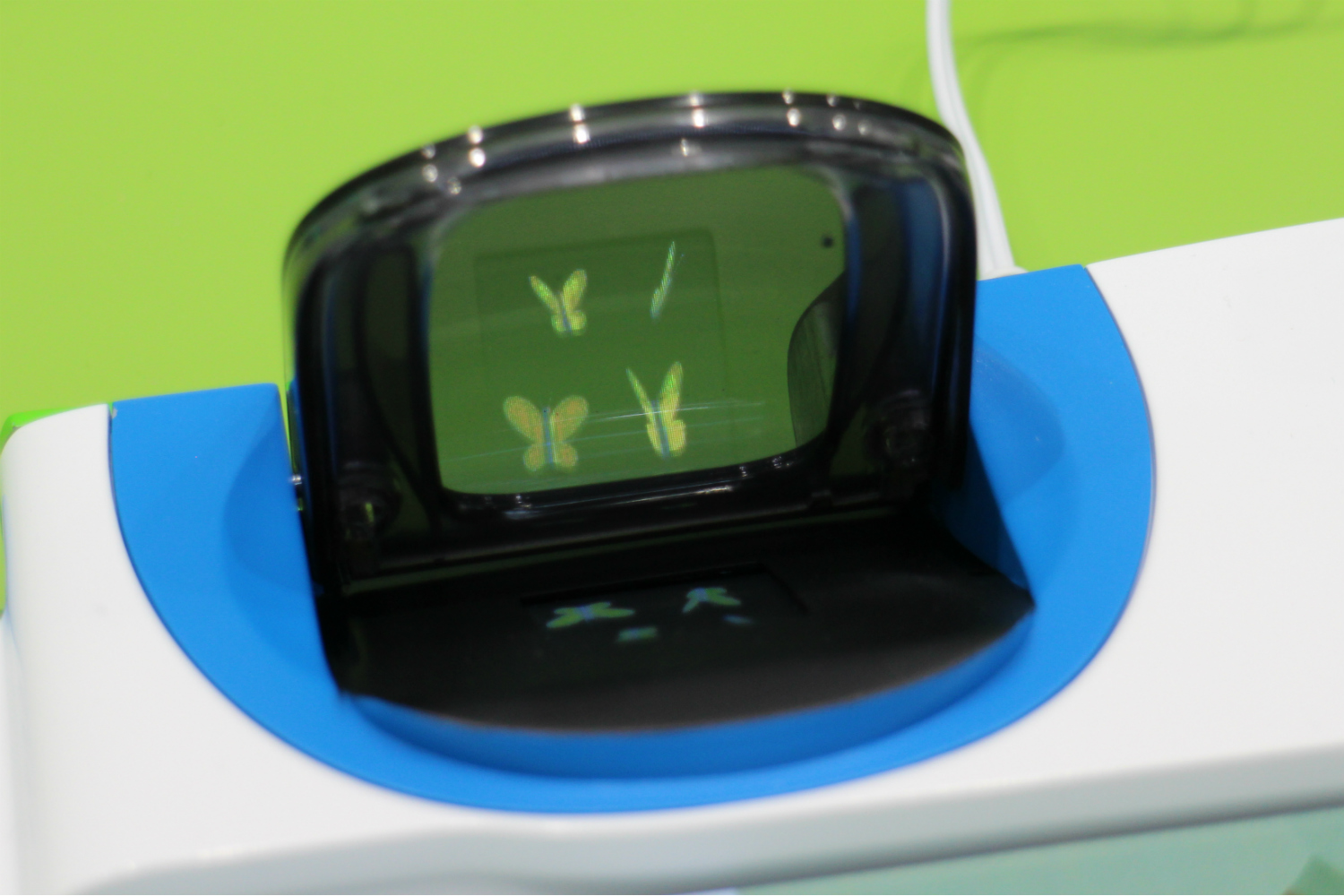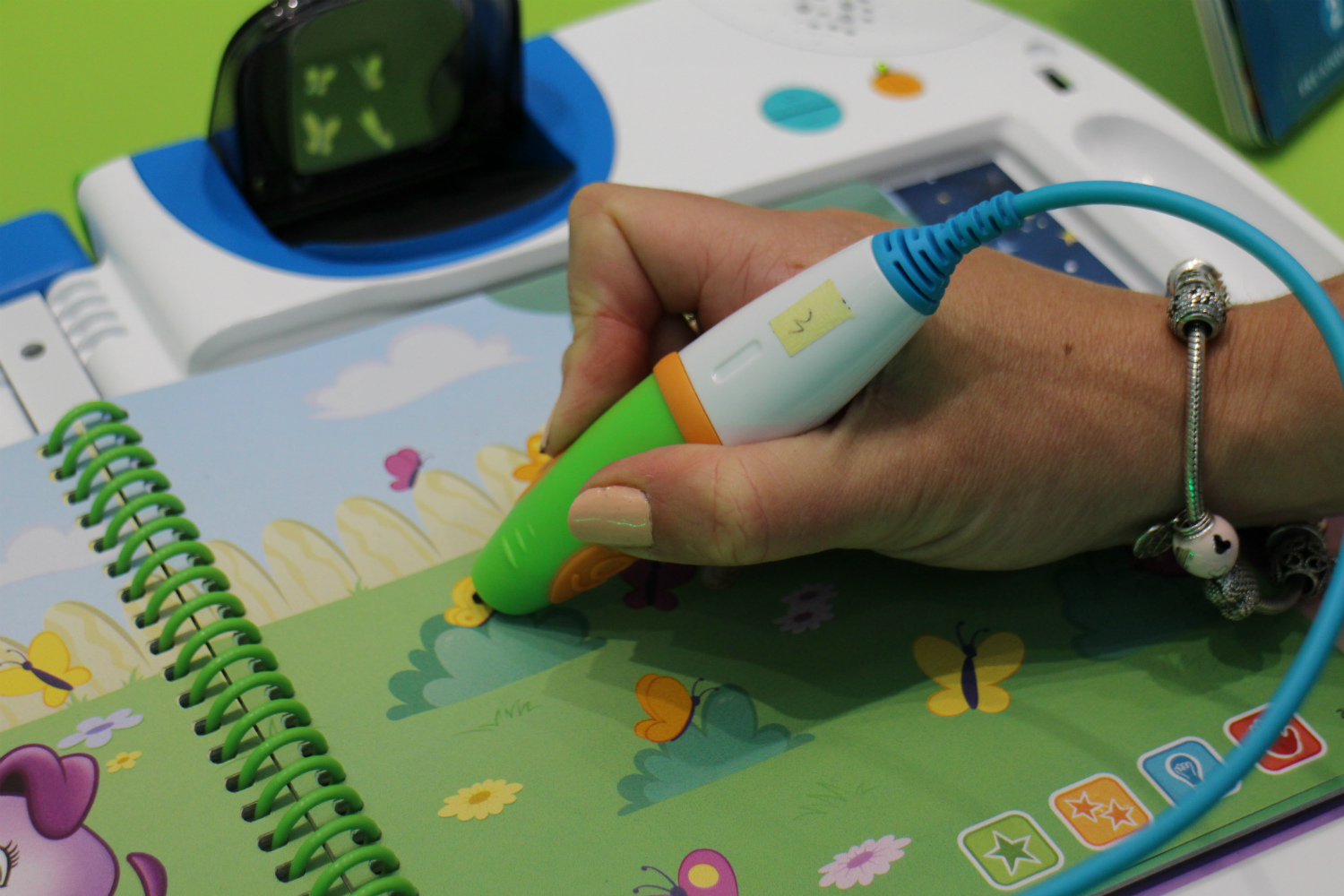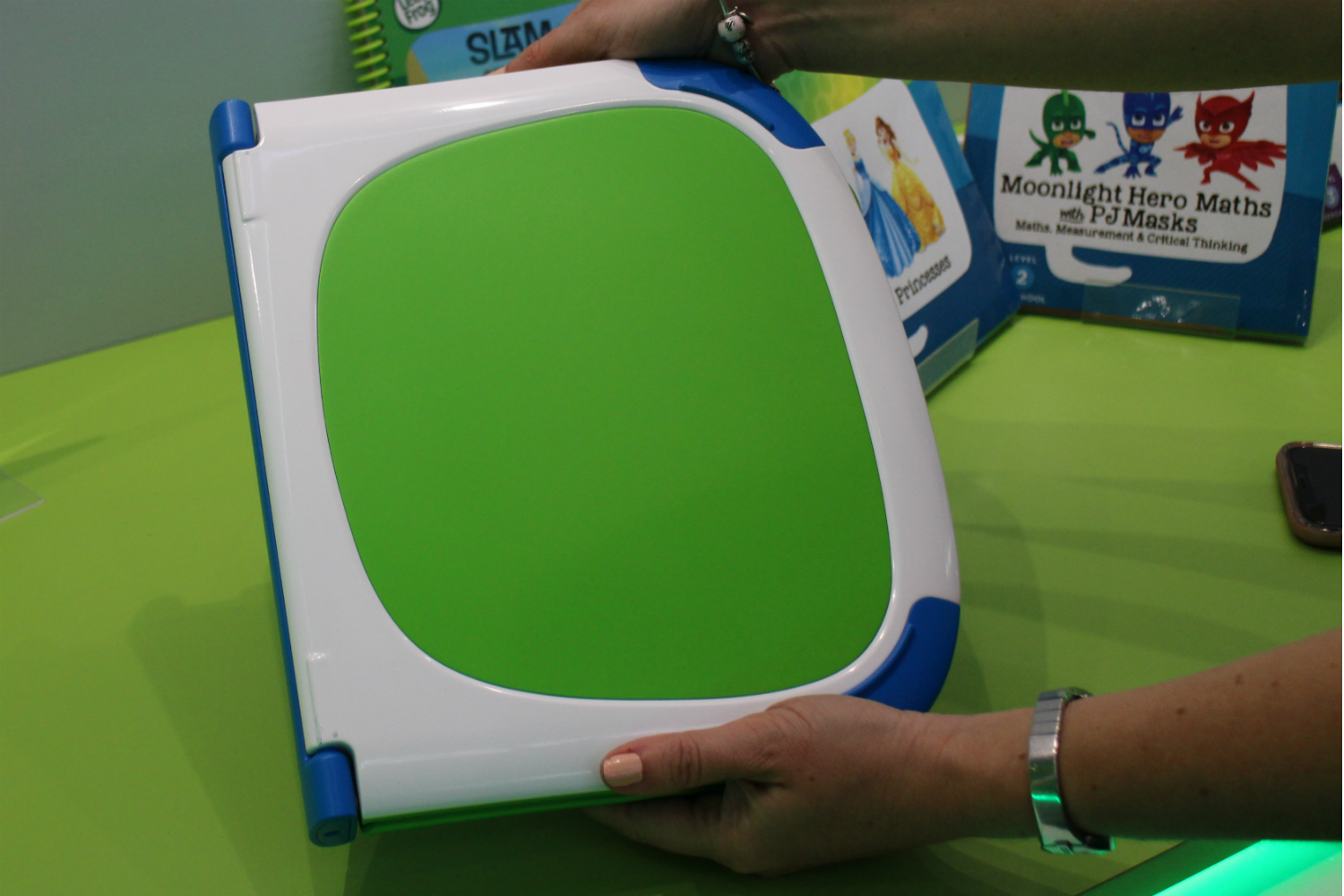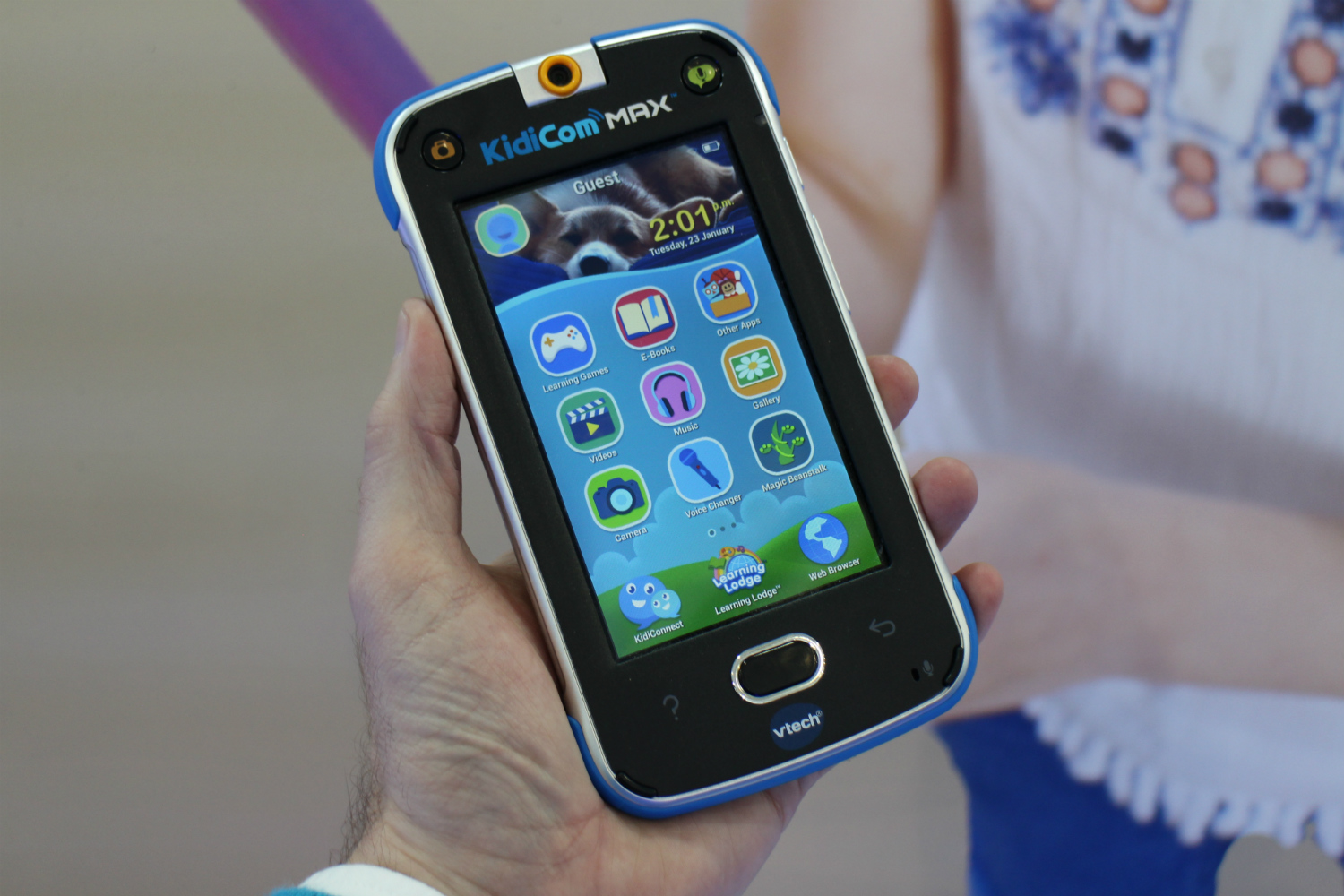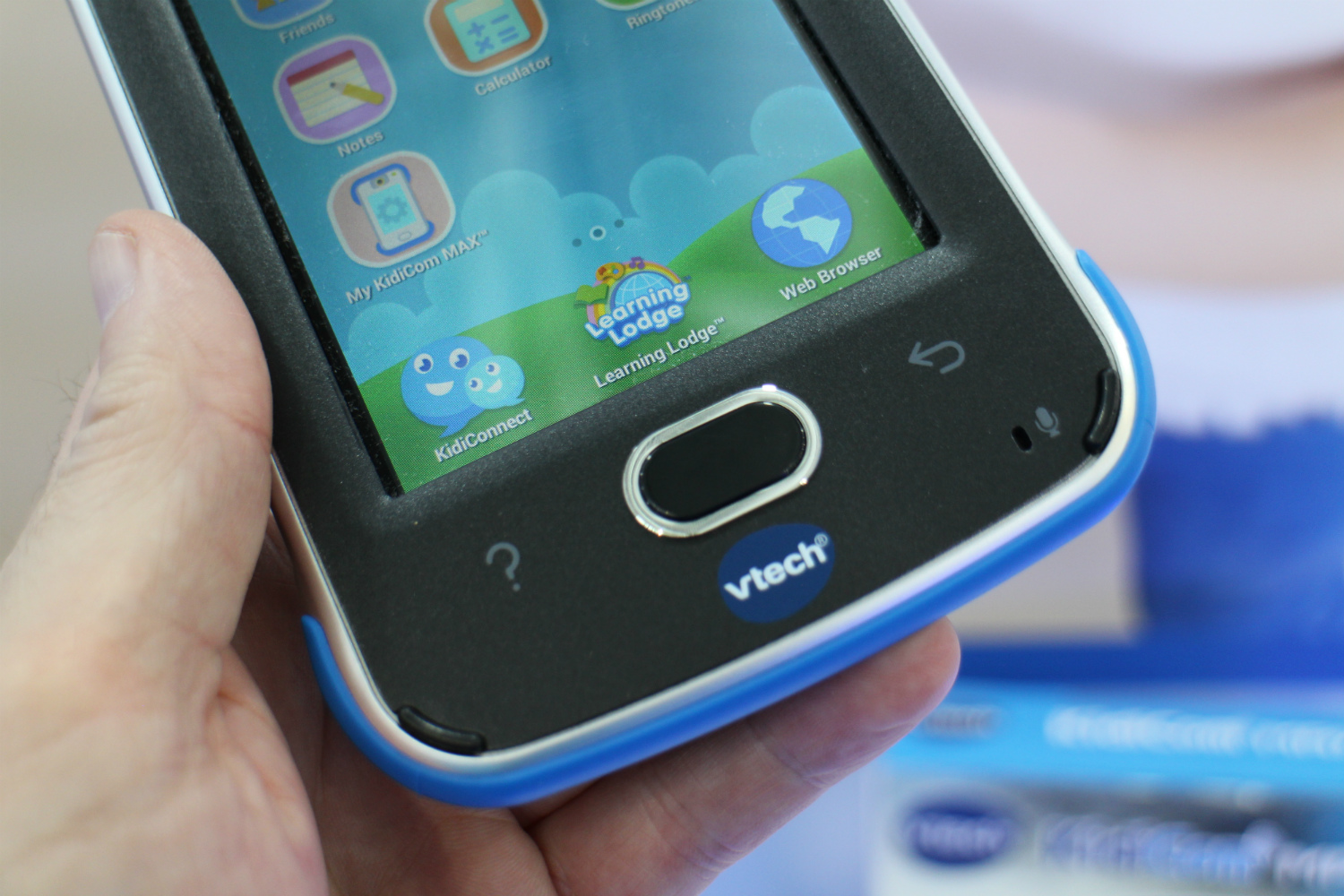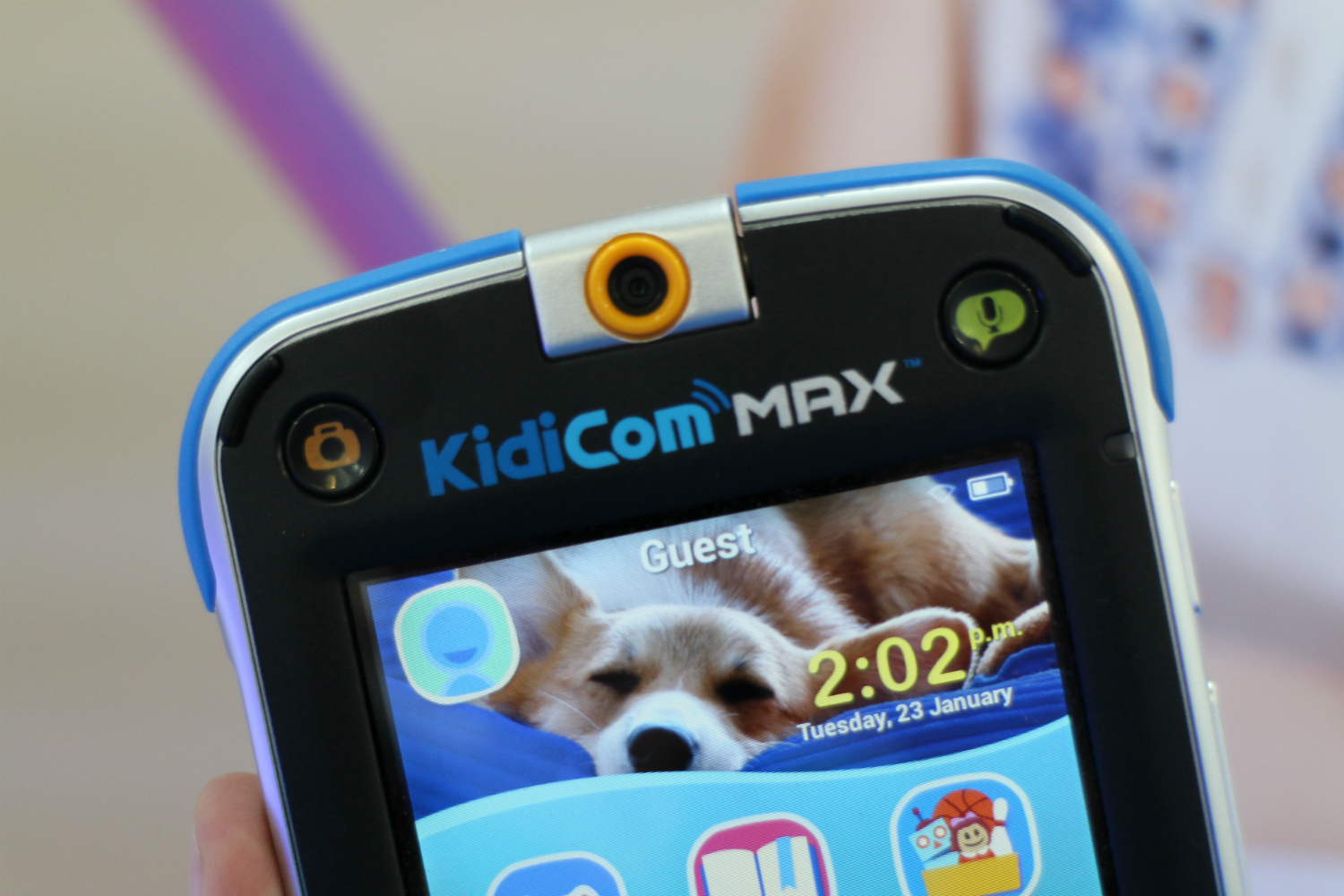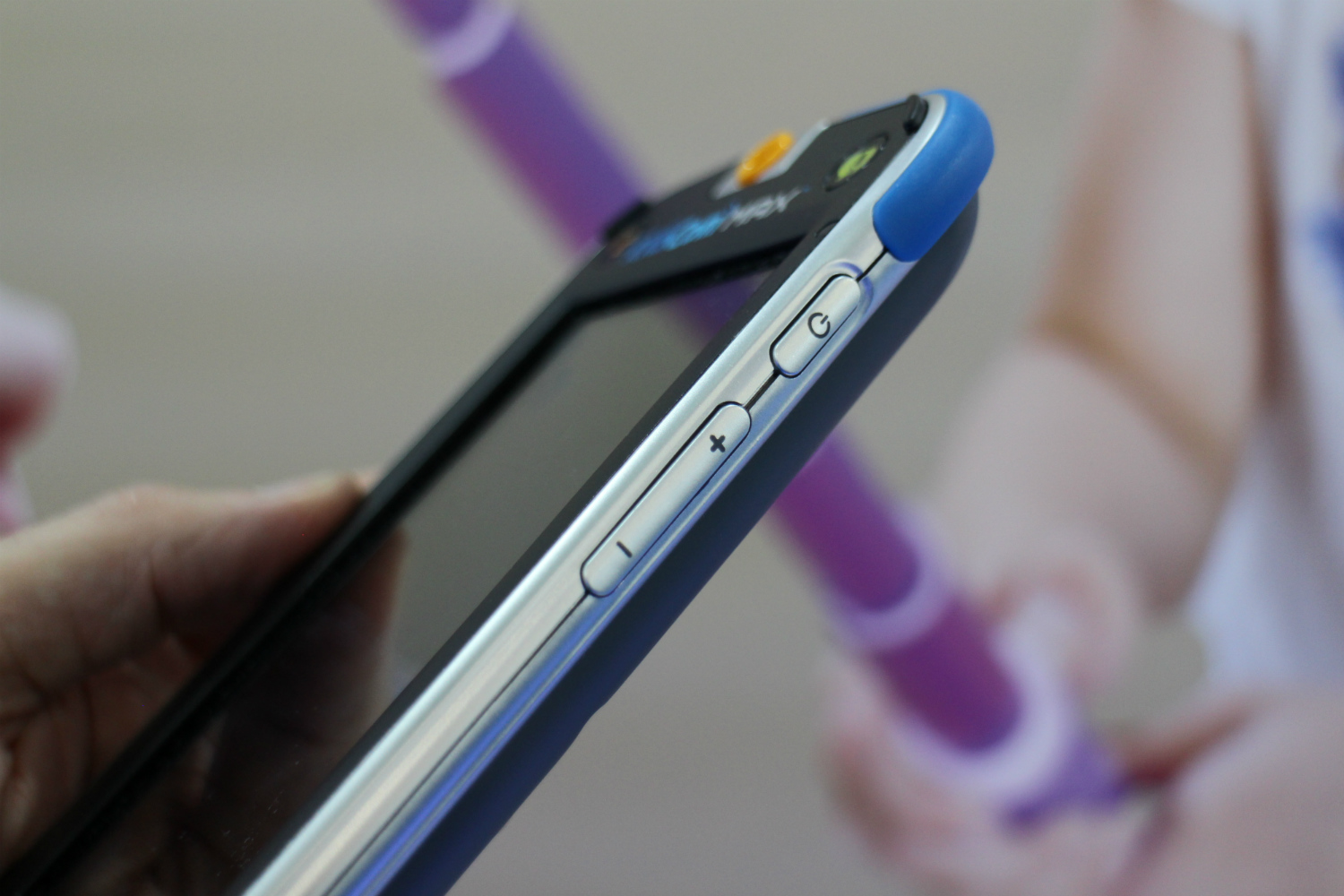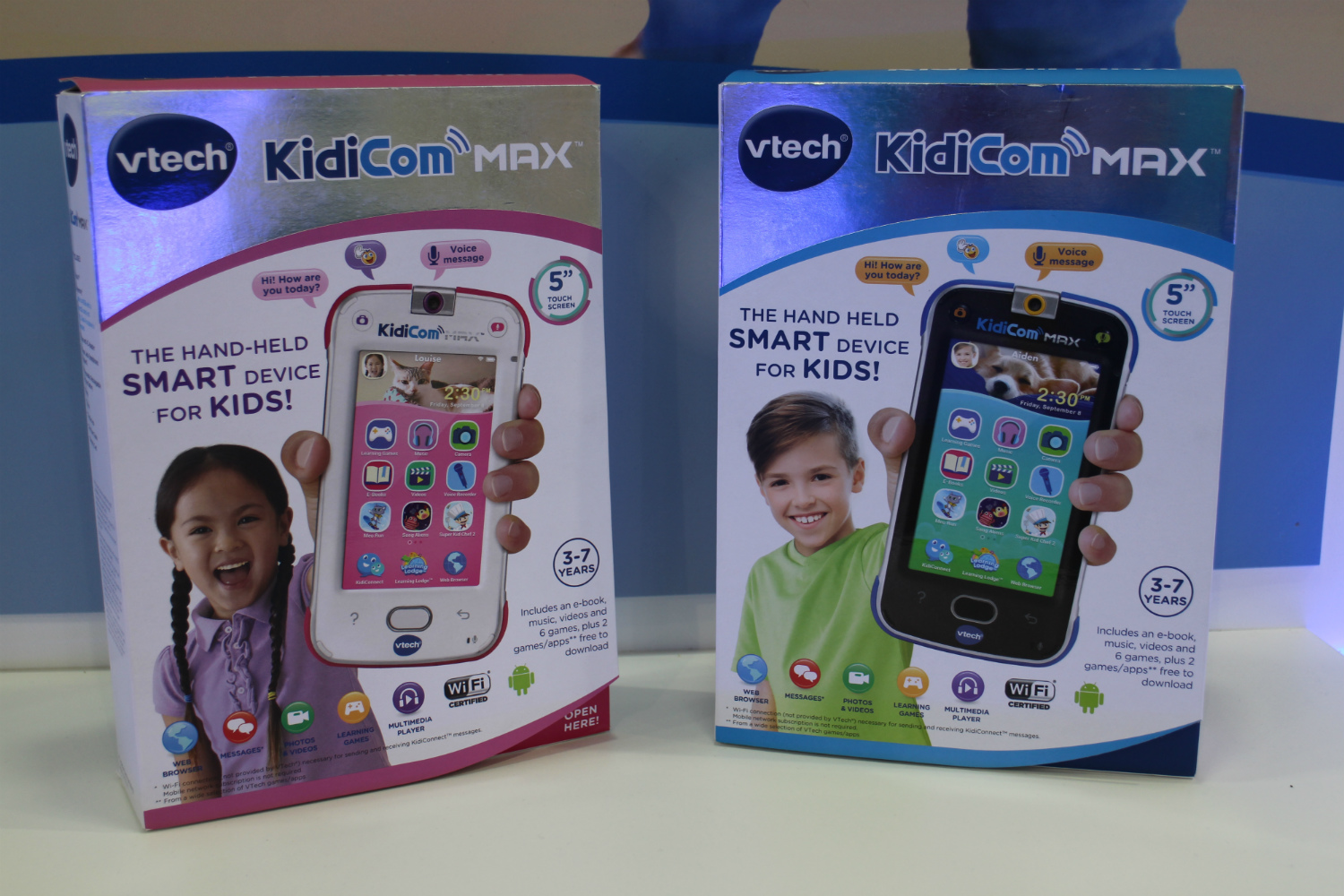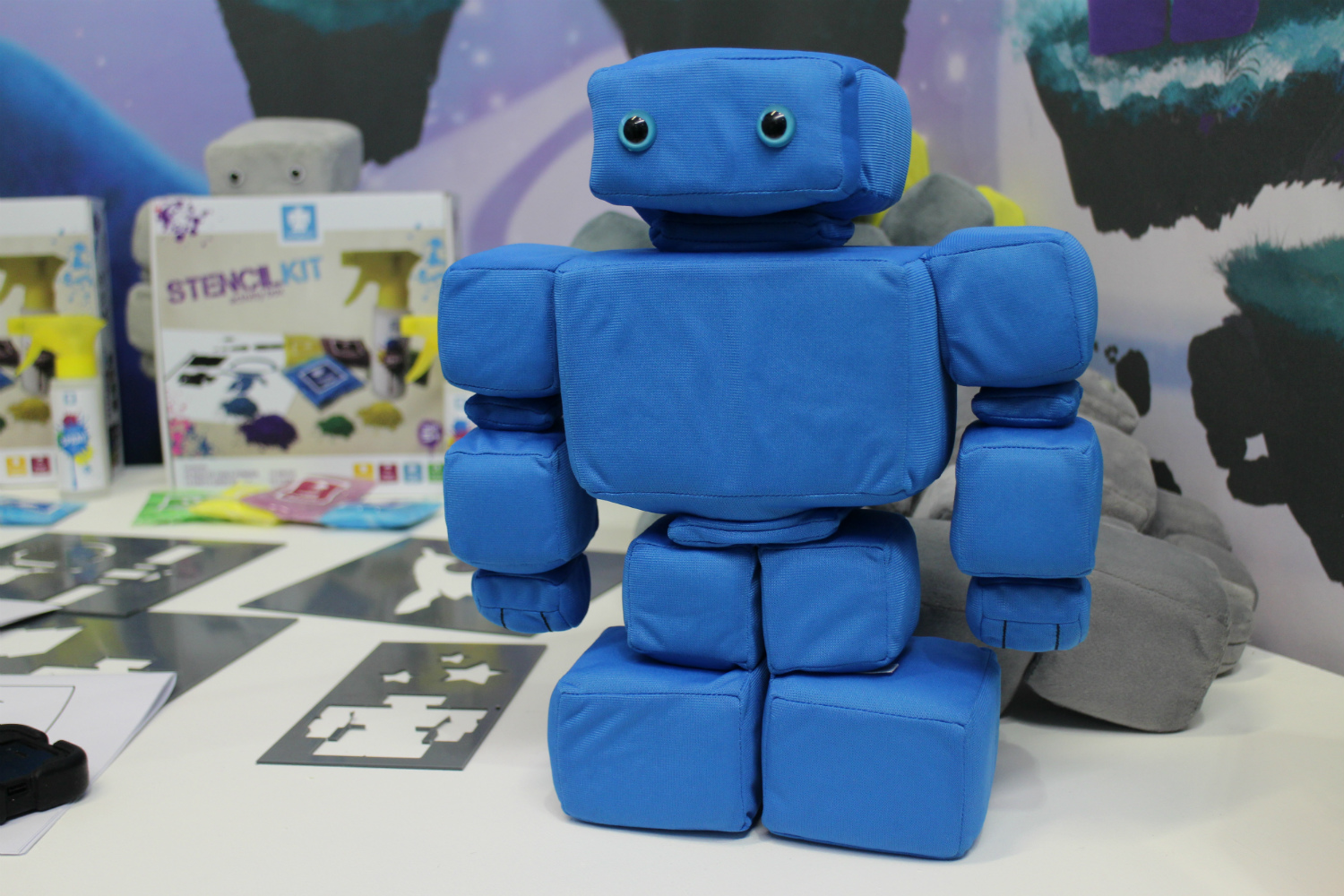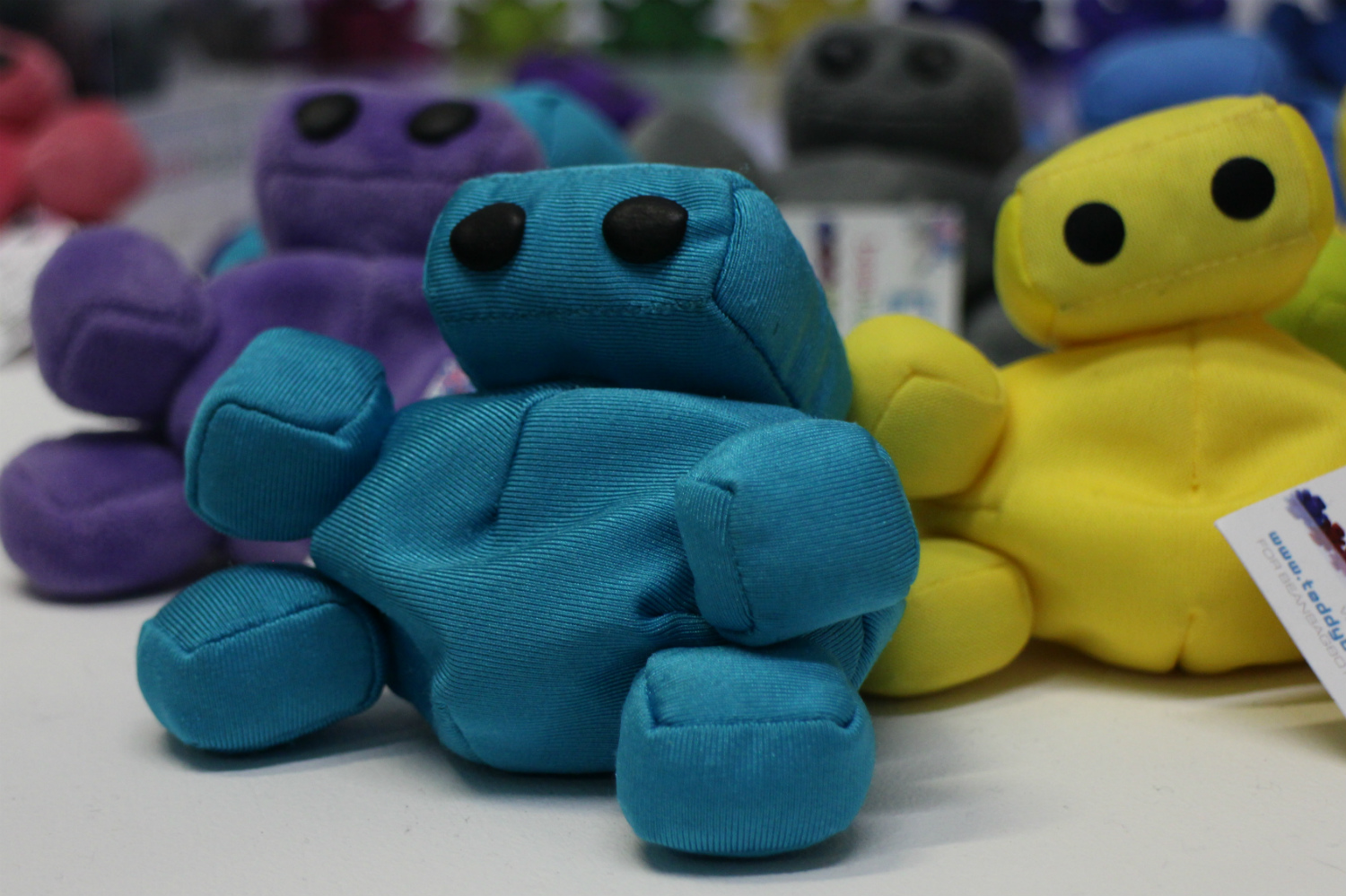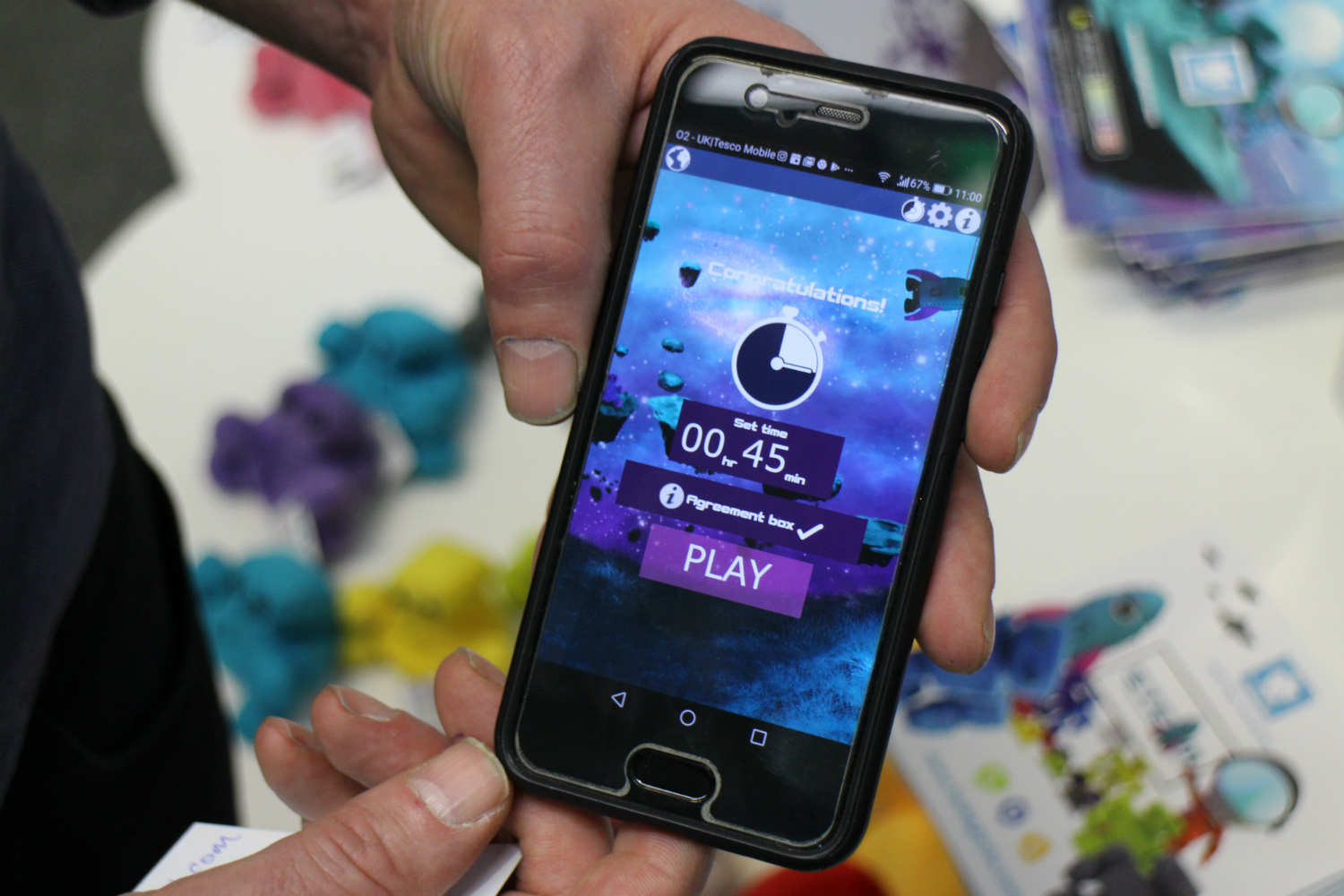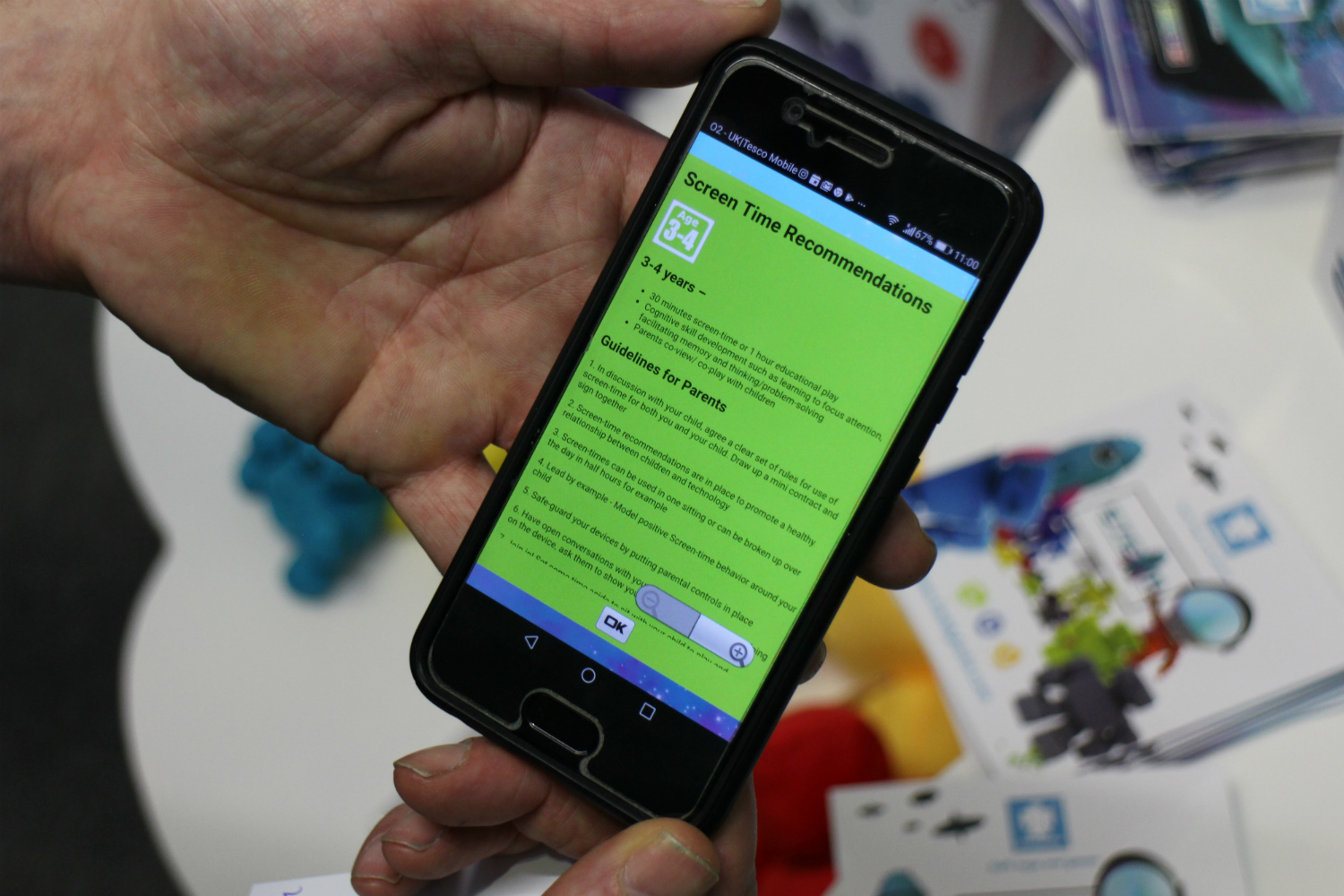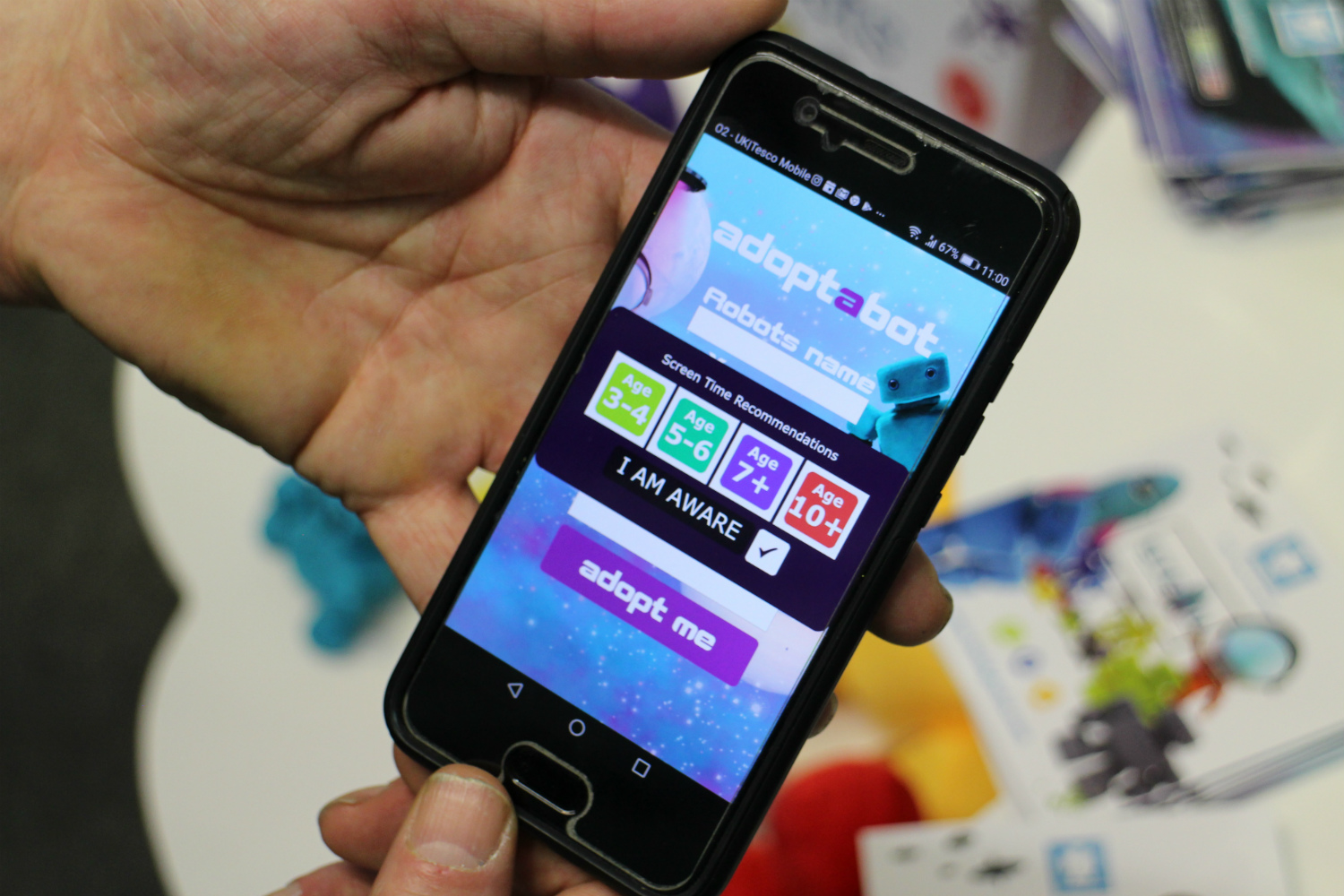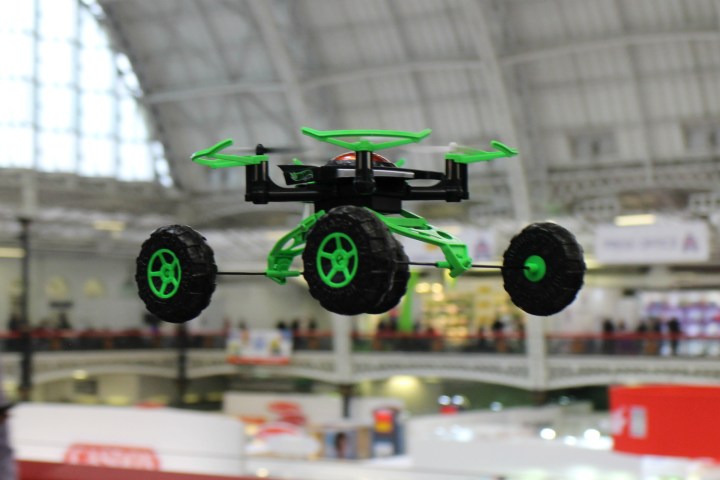
Scalextric ARC Pro
A classic racing toy updated for the Gran Turismo age. The Scalextric Arc Pro uses a smartphone or tablet app to bring a level or realism previously unavailable to racers, by recreating the type of conditions we’re used to in console games. The ARC (which stands for App Race Control) app controls the race, from the grid line-up to the amount of fuel you have on-board, and tire wear. It tells you when to pit, and if your car has a problem. The wireless controllers vibrate when one of these alerts shows up. It adds another dimension to the racing, combined with the ability to use up to six cars — three per lane — and to overtake.
While ARC Pro components and cheaper sets are available, the major Pro Platinum GT system, with controllers, cars, and plenty of track costs $690, or 600 British pounds. Then you need the space to put the track out, and likely the patience to pack it all up again when you’re done. We think the effort is worth it though, and the cars have considerable collectible value.
Hot Wheels Bladez DRX X-Terrain Monster Drone
The Hot Wheels Bladez DRX X-Terrain is without a doubt the coolest drone we saw at the London Toy Fair 2018. It’s not the most technical or the most feature packed drone; but we had a lot of fun playing around with it. The Bladez DRX is the latest model in Hot Wheels Bladez drone range, and everything is bigger and better. A set of movable drone blades are fixed to a vehicle, powering it around on the ground. But it’s powerful enough to lift the whole thing off the ground, turning it into a wheeled drone. It doesn’t stop there. The wheels are made from polystyrene, so you can land the Blades DRX on water, where the rotors make it work like a hovercraft.
It can be used indoors or out, and is designed for racing so you can use it alongside other DRX drones. We love the versatility of the Bladez DRX, and the relative simplicity of the control system. It’s easy to see how much fun kids would have with this. In the U.K., you’ll pay 50 British pounds, or about $70, for one.
Razor E Prime
This is Razor’s latest electric scooter, and one of its most powerful and advanced. Designed for commuters rather than kids, it’s capable of up to 15mph and has dual brakes so it’s legal for road use. The battery is good for around 40 minutes use, and takes a couple of hours to charge up. The scooter is light and folds neatly. It’s joined by the Razor Power A, a smaller kid-friendly version that’ll reach 10mph. Both will be out in July, with the E Prime costing around $400 or 400 British pounds, and the Power A costing around $300 or 230 British pounds.
Money Monster
Teaching kids about fiscal responsibility is often a necessary but thankless, and boring task. With cash taking a back seat to credit and debit cards, and even contact-less payment methods, the concept of a piggy bank is outdated. That’s where the Money Monster comes in. It’s a digital money box linked with a contact-less cash card, which is controlled and monitored by parents. Money is transferred to the Money Monster account — it’s partnered with Santander — and its eyes light up to tell the owner there’s money inside. Tilt the monster to the side, and the balance shows up on the little screen.
The contactless payment card works like a debit card, as it’s loaded up with the money that can be used in stores. The statements are sent to the app controlled by the parents. Other messages related to money and spending appear on the screen. The target price is around $40, or 30 British pounds, and it’s expected to be released later in 2018.
Leapfrog Leapstart 3D
The latest model in Leapfrog’s Leapstart range of interactive books has a holographic image viewer built in, adding a cool visual element to these clever devices. The idea behind Leapstart is getting kids to interact with both physical toys, and tech. It opens up like a laptop, but there’s a storybook inside that reacts to the touch of a special pen. The books range from Disney stories to educational books, with the latest range being enhanced for the 3D holographic display.
We saw a demonstration where we had to count butterflies on the page, and each time we tapped on one, it “flew” up into the holographic screen. It’s fun, and will help hold kid’s attention. All previous Leapstart books are compatible with the new model, and some will be updated to make use of the new display. When you’re done, it folds up and has a little handle for easy transportation. Leapfrog will release the Leapstart 3D soon — the above photos are of a prototype — and it will cost 50 British pounds, or around $70.
KidiBuzz/KidiCom Max
Your kid wants a smartphone, but you don’t want to give them something expensive, or very breakable. VTech has the KidiBuzz, or KidiCom Max in the U.K., an actual Android smartphone wrapped up in a tough package, and locked down so they don’t have access to anything they shouldn’t. Aimed at three to seven year-olds, the KidiBuzz has a 5-inch touchscreen, a camera mounted in a rotating module so it takes both regular and selfie photos, plus a selection of educational apps. It doesn’t have a cellular connection and works only on Wi-Fi, but kids can still send text and voice messages to a select group of people through VTech’s own KidConnect platform.
Even if you drop the phone, there’s plenty of protection to prevent major damage, and the oversize body makes it easy for small hands to grip. Because it runs Android, other apps can be installed by parents, and there’s a secure passcode stopping kids from running rampant in the Google Play Store. It even has 8GB of internal memory, a MicroSD card slot, and a 3.5mm headphone socket for music playback. The KidiBuzz was released at the end of 2017 and costs $100 or 110 British pounds.
Teddybots
The Teddybot robot is a traditional, if modern-looking, soft-toy, which is accompanied by a smartphone app where the ‘bot can be named and “adopted.” The app’s real job is to help manage time spent on the phone, along with activities that promote cognitive skills. Games inside the app are linked with painting, puzzles, and story telling, and encourage kids to put down the phone for a while. Teddybots call this “On and off” activities, all of which are built around the fun world featuring the robots. The Adopt-a-bot you see above costs 30 British pounds, or about $40, and comes with a beta version of the app for early adopters.
